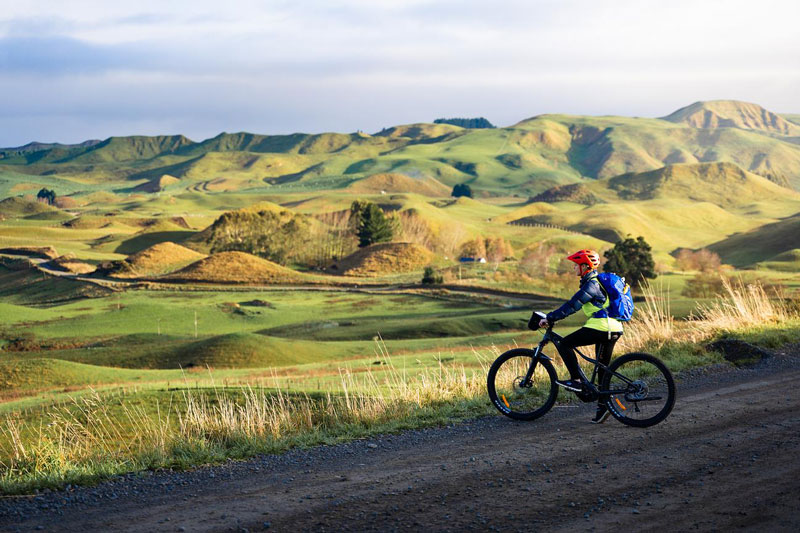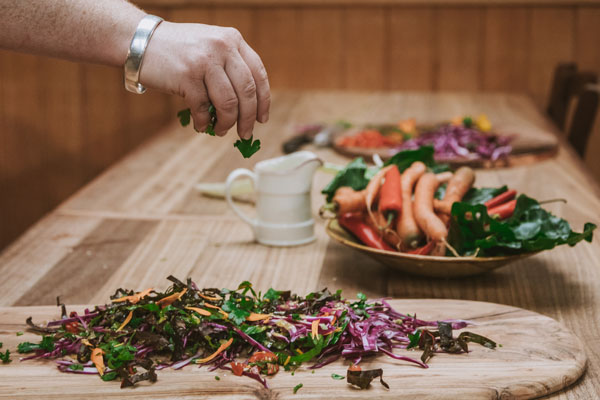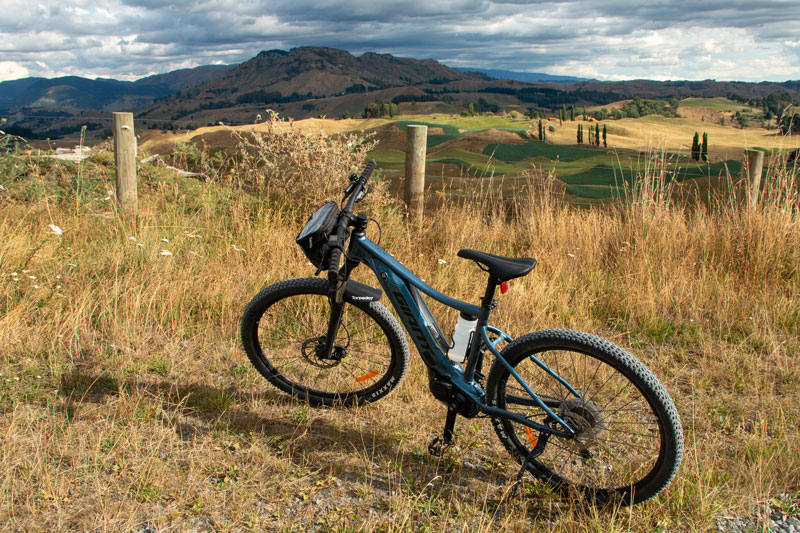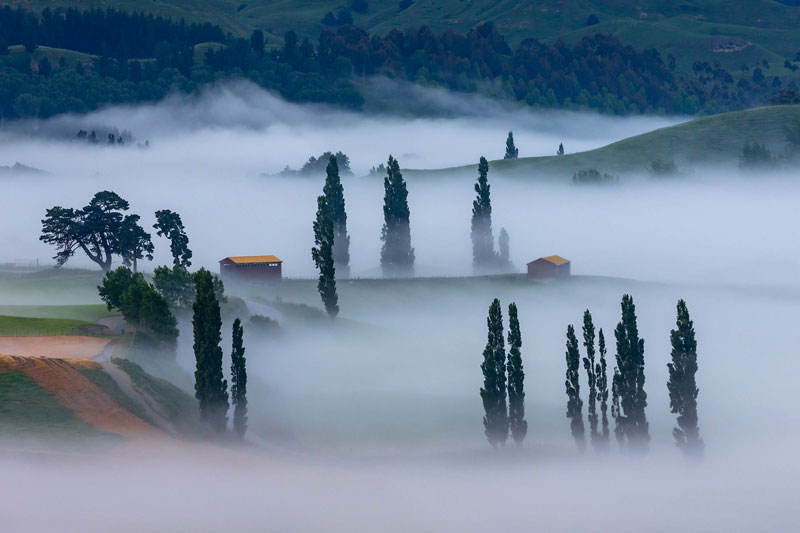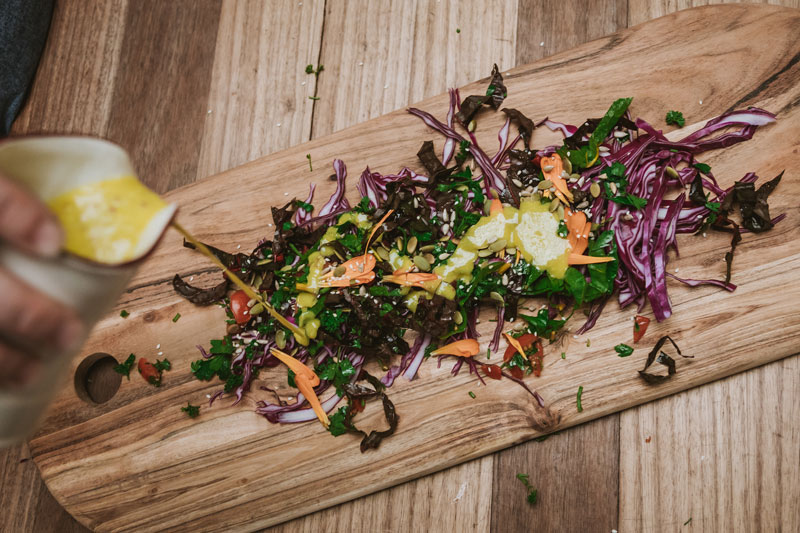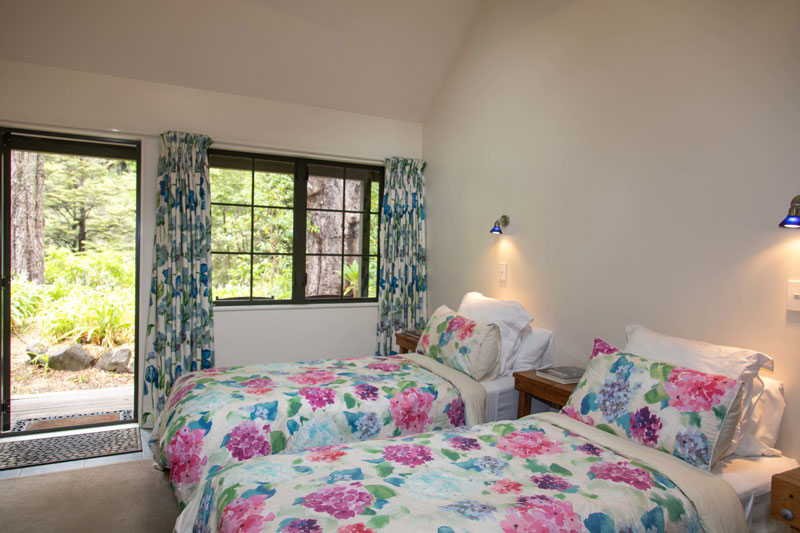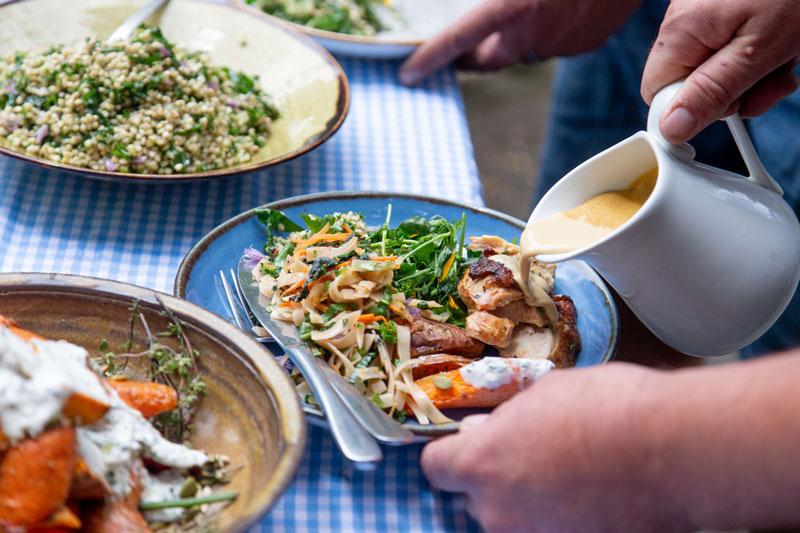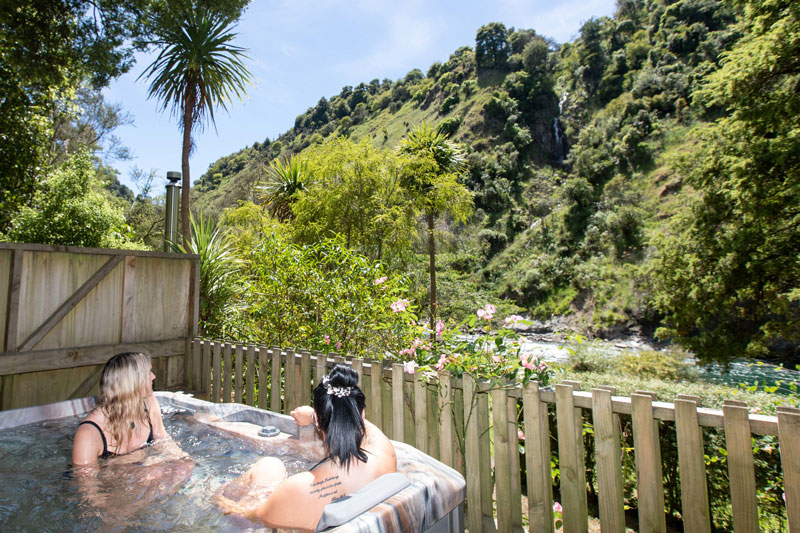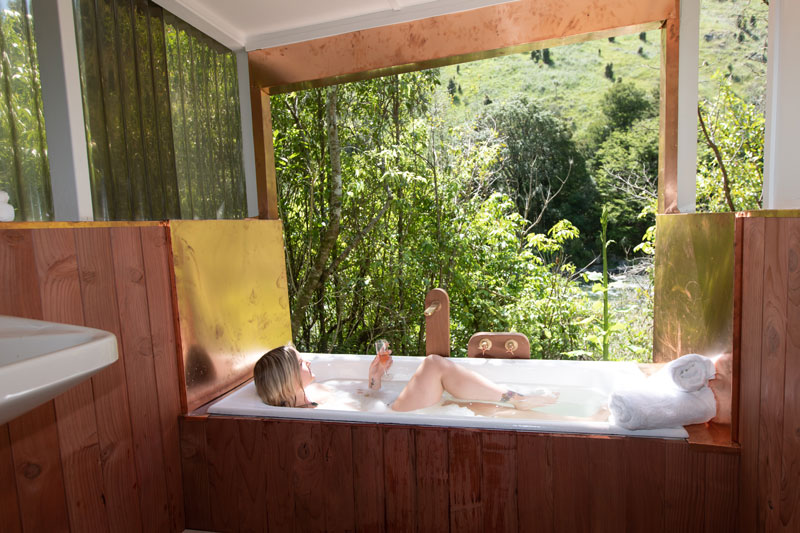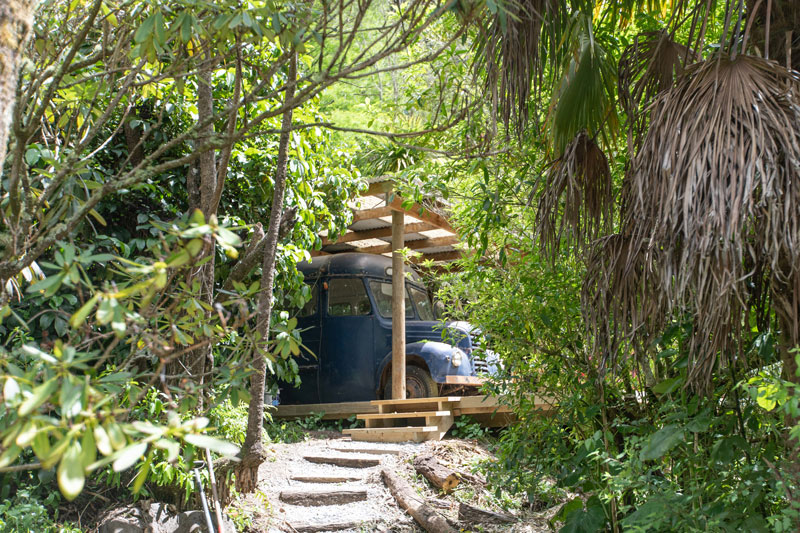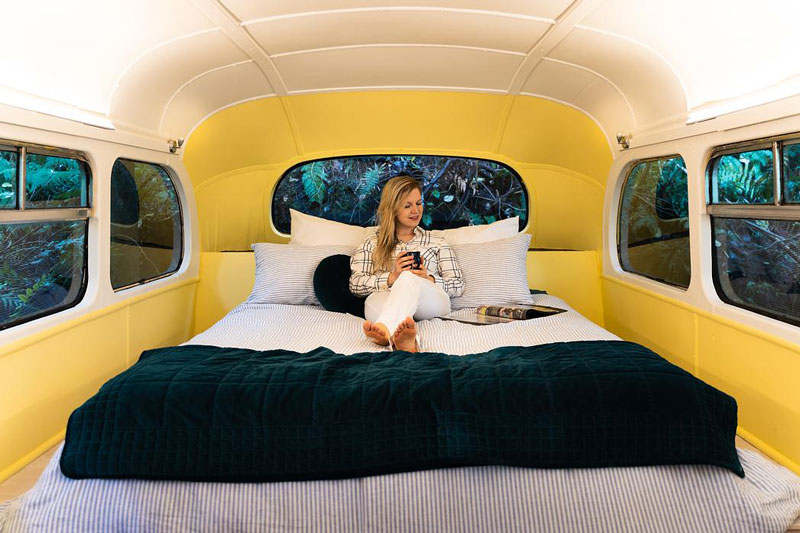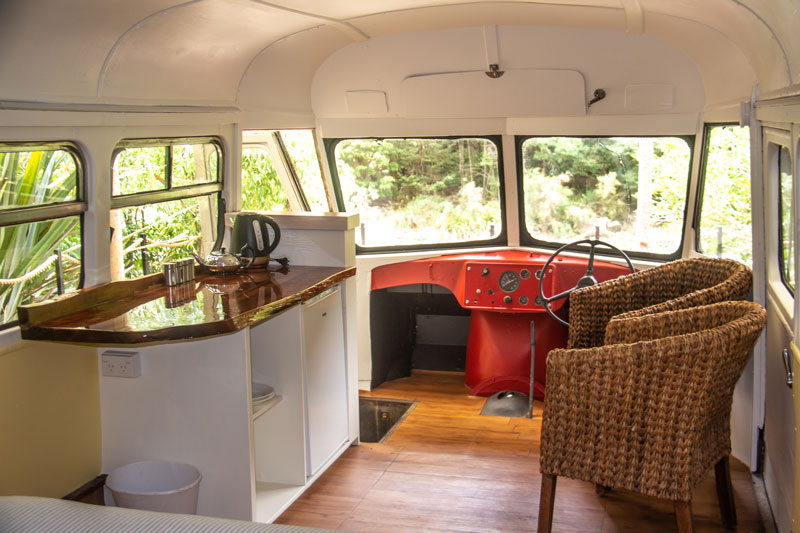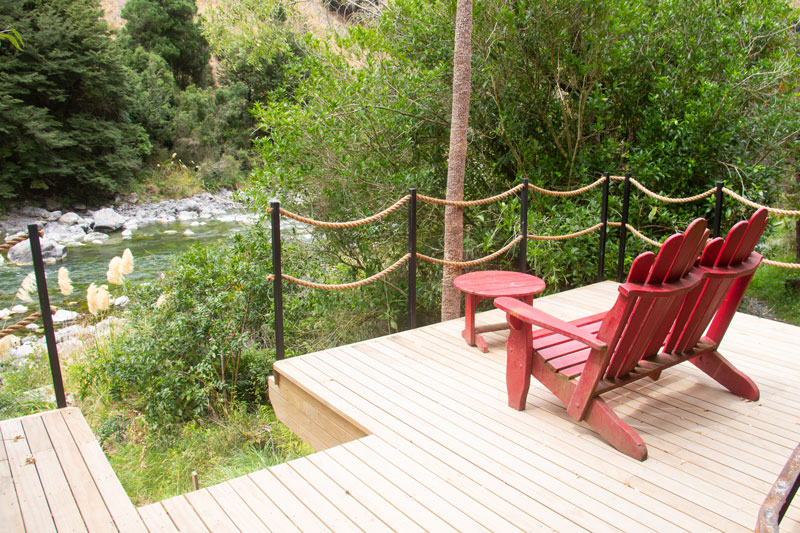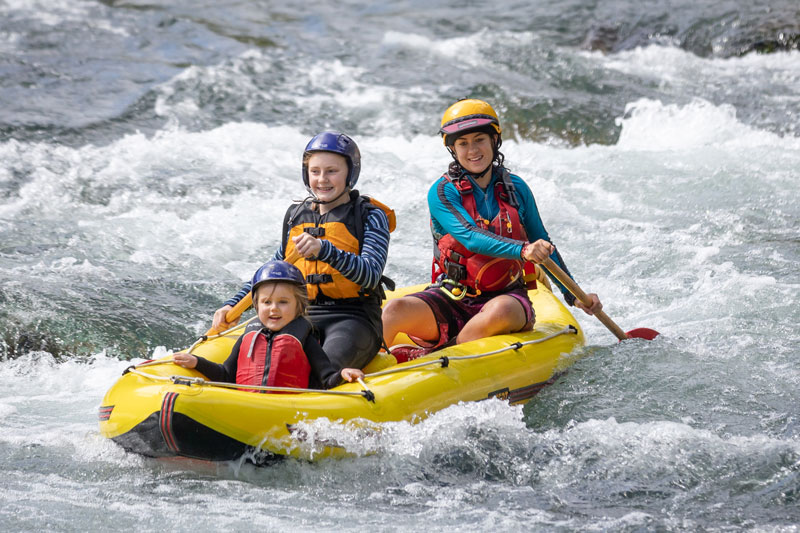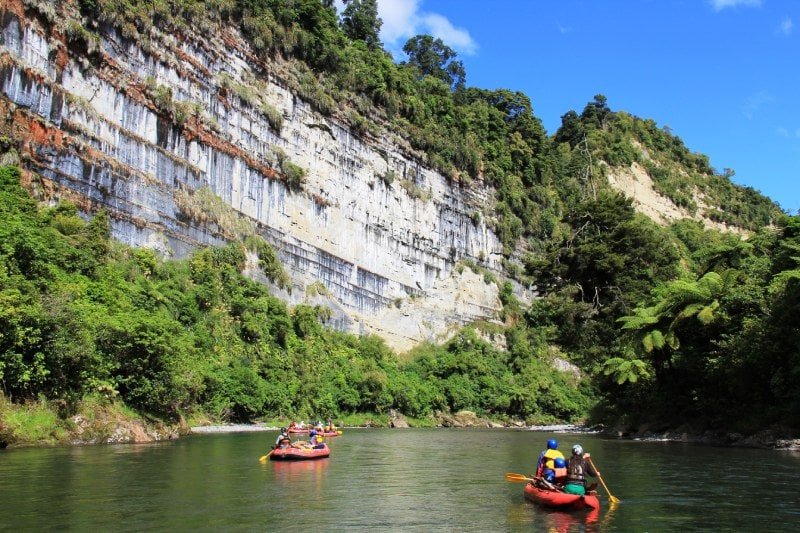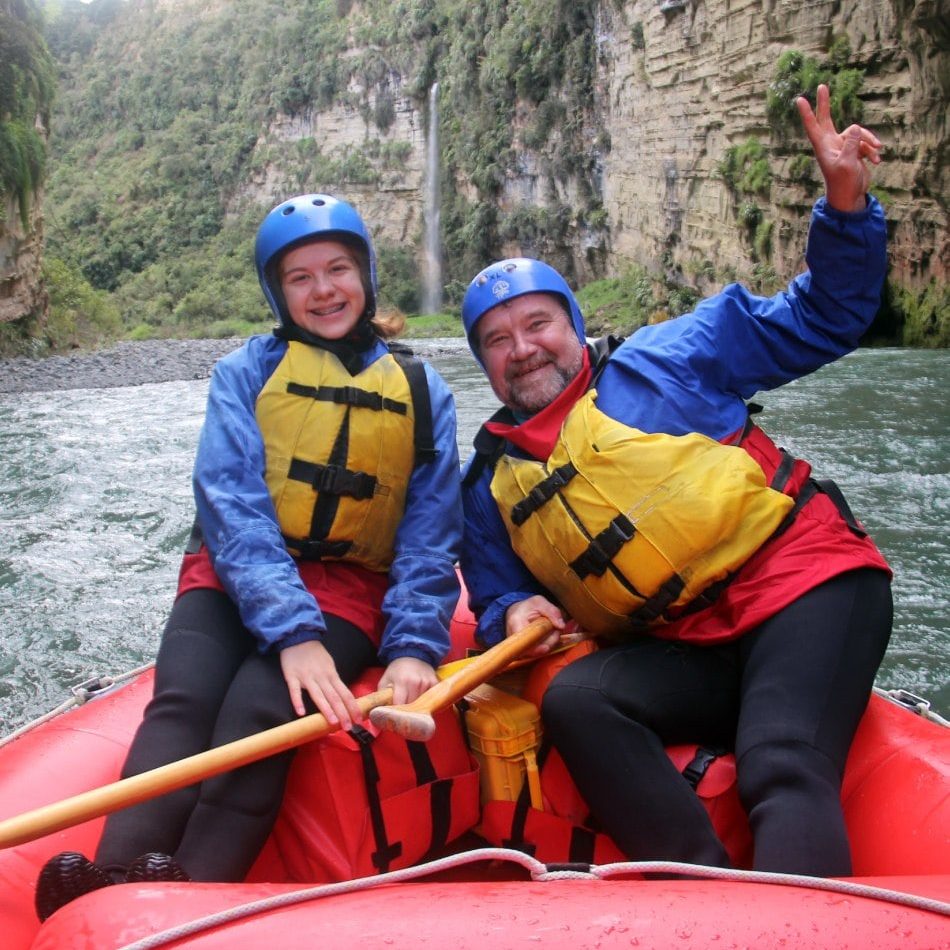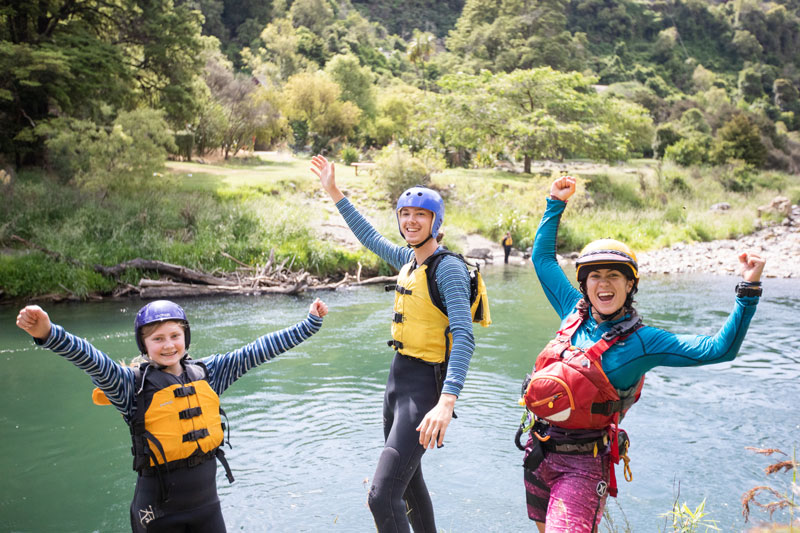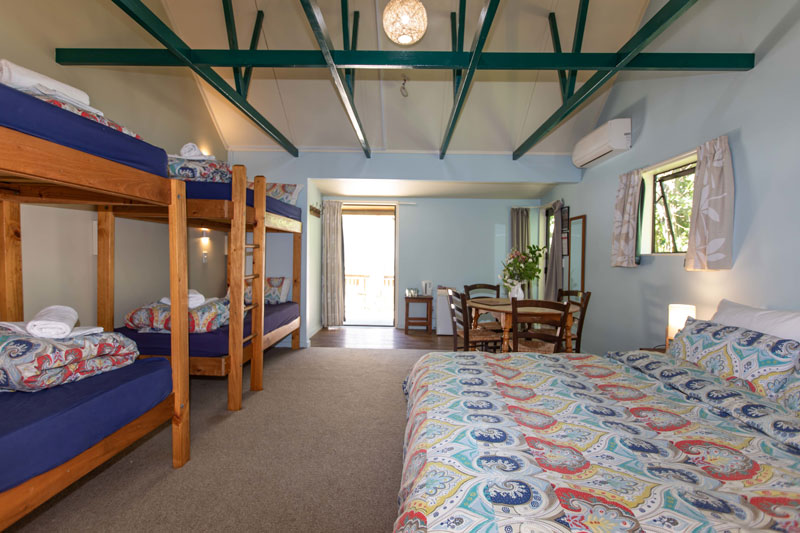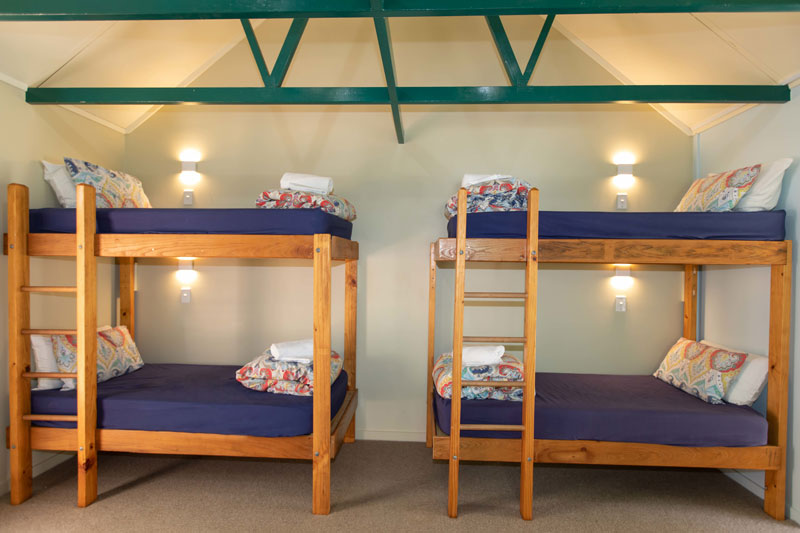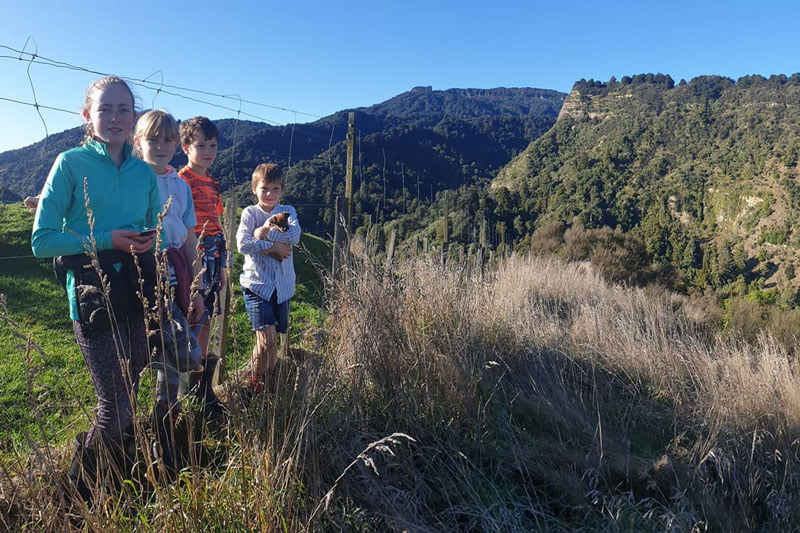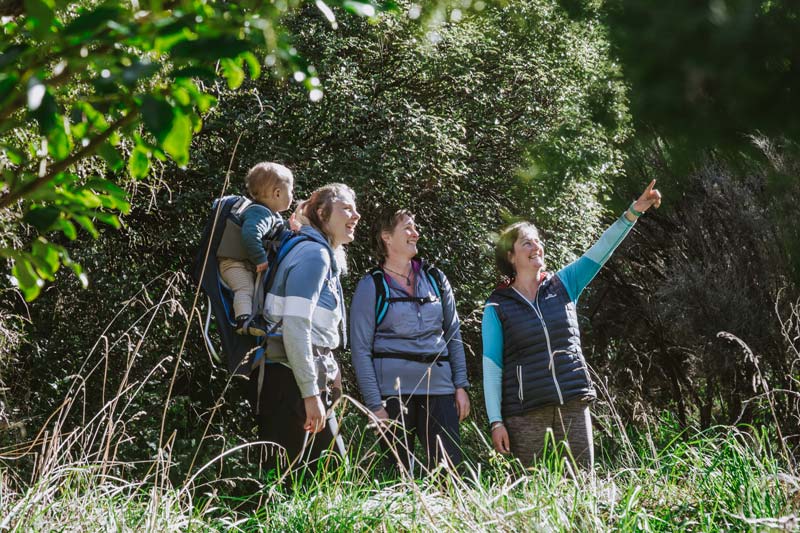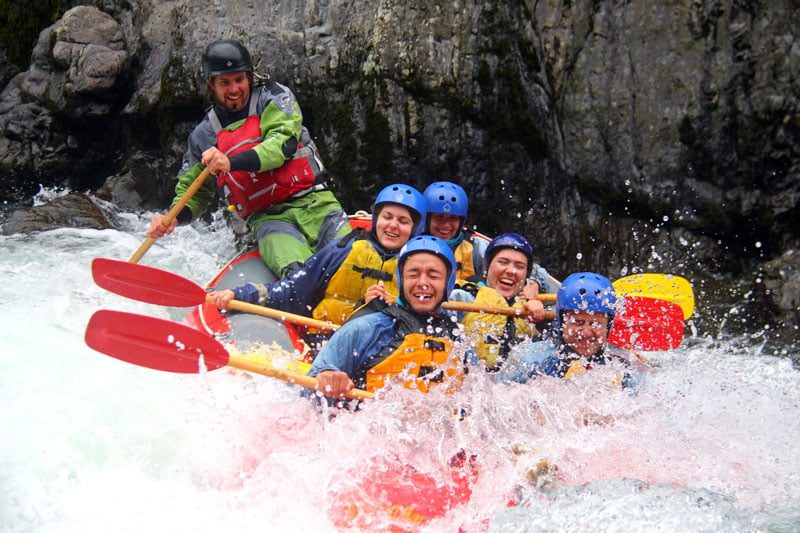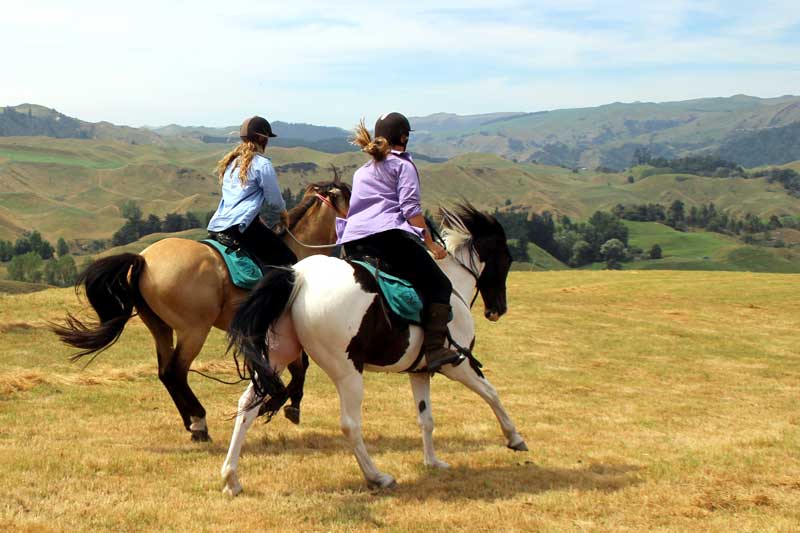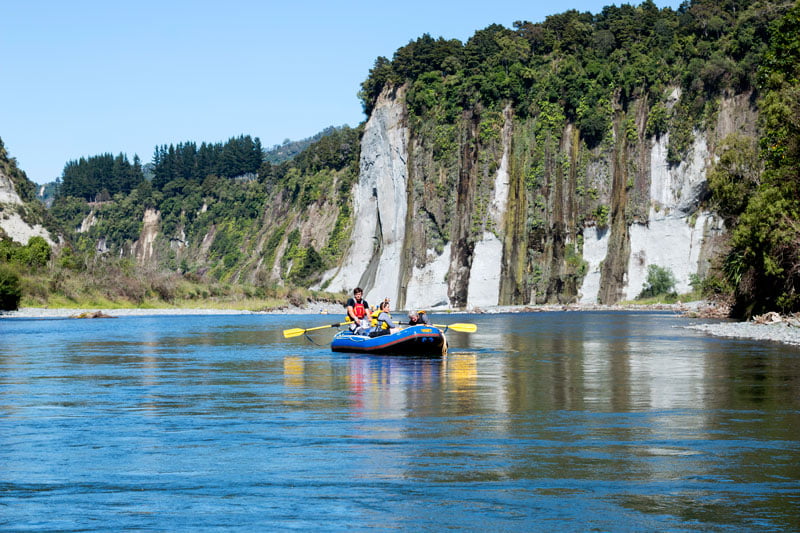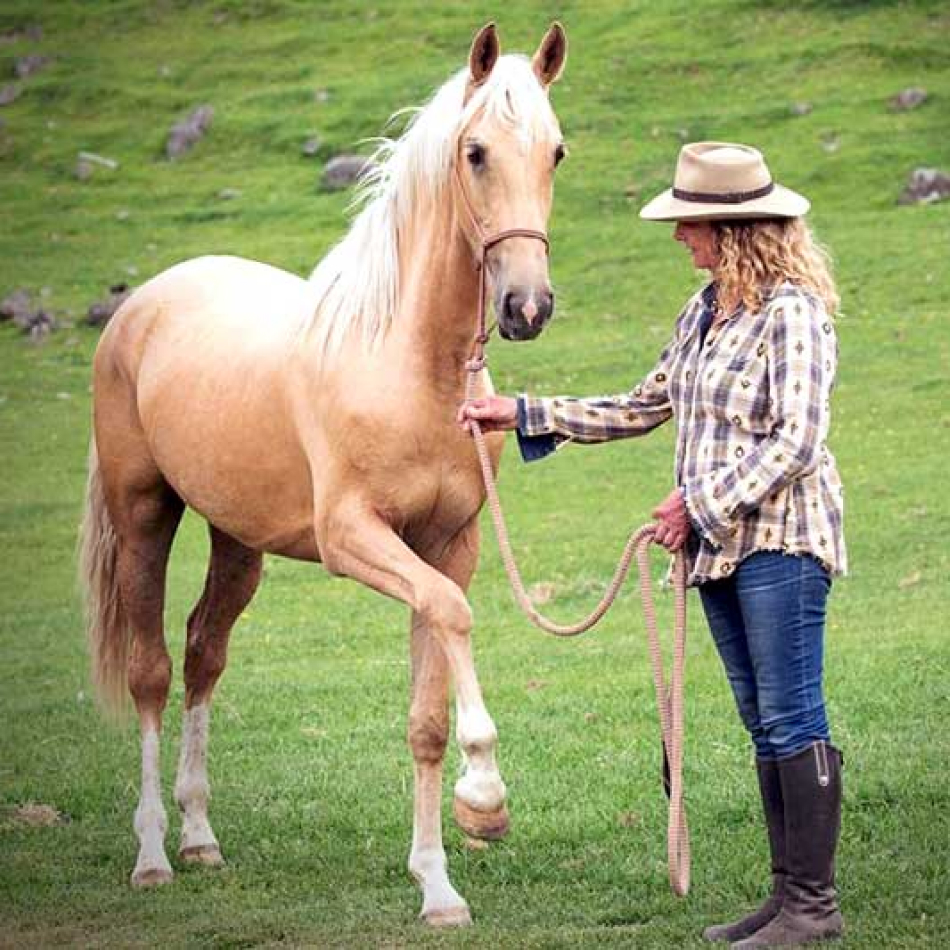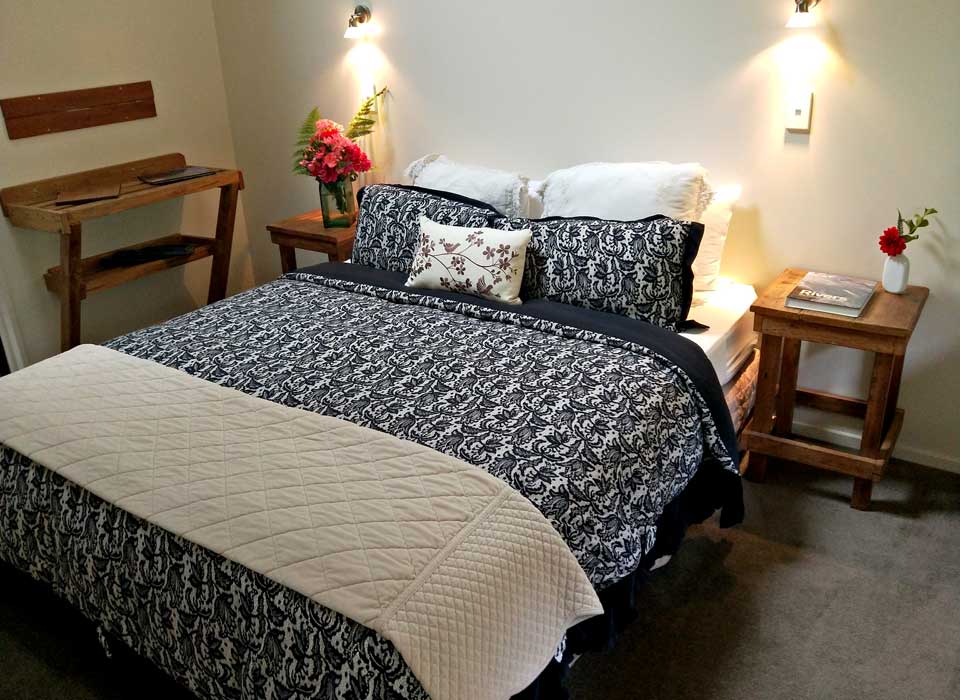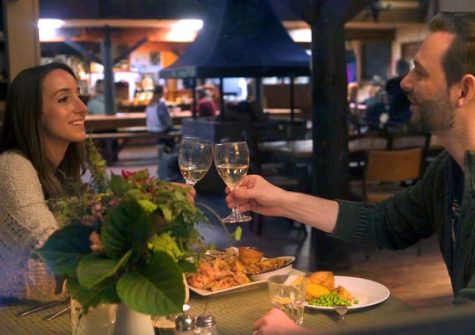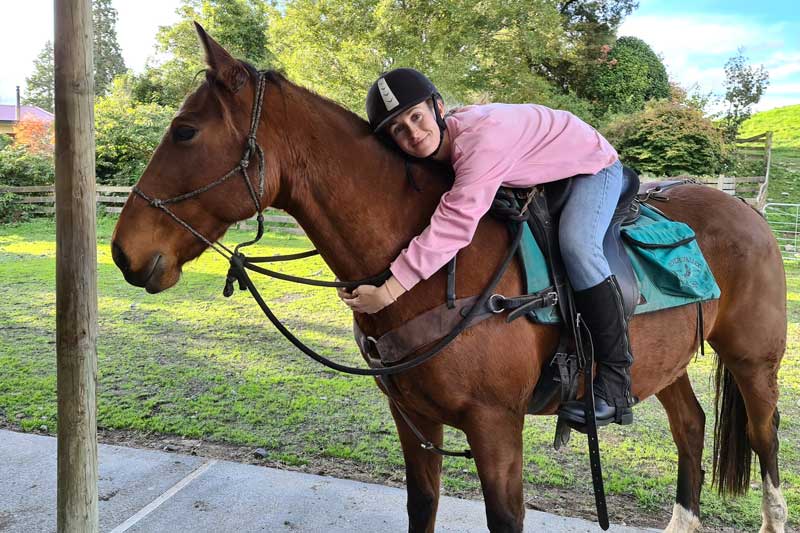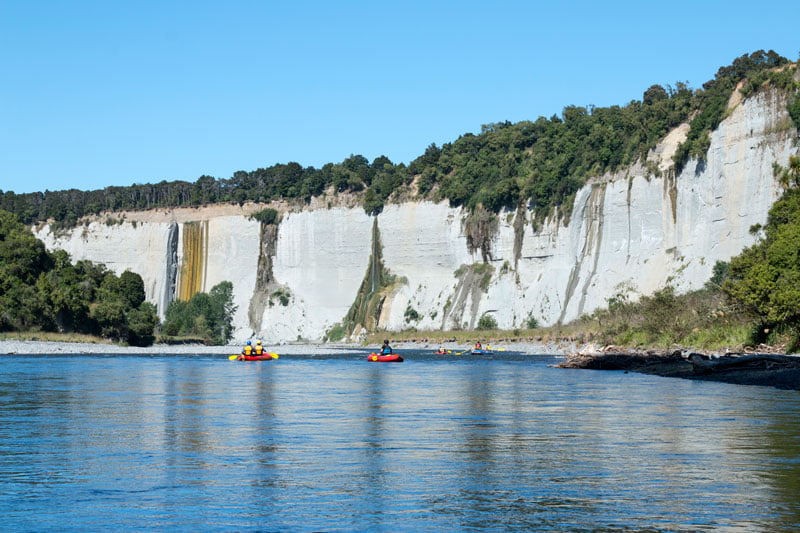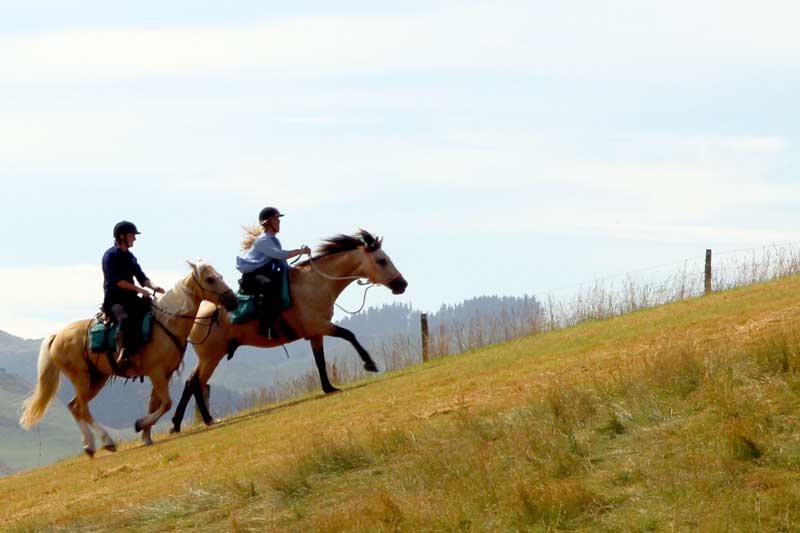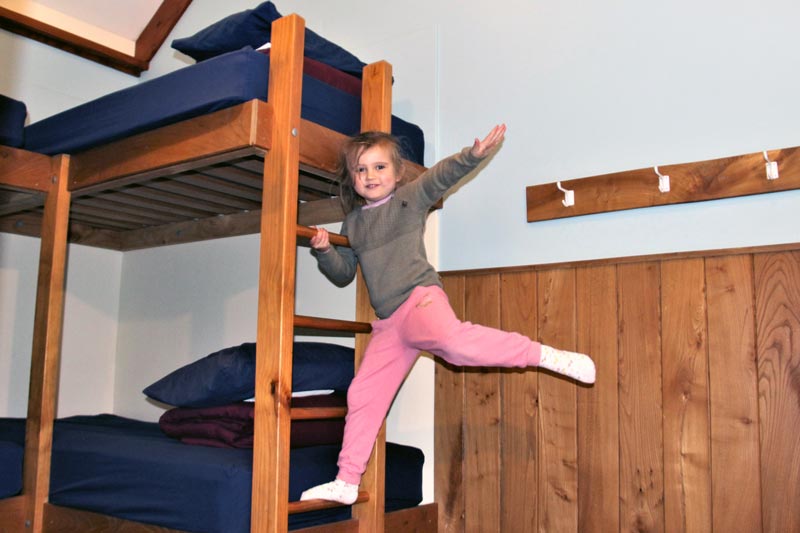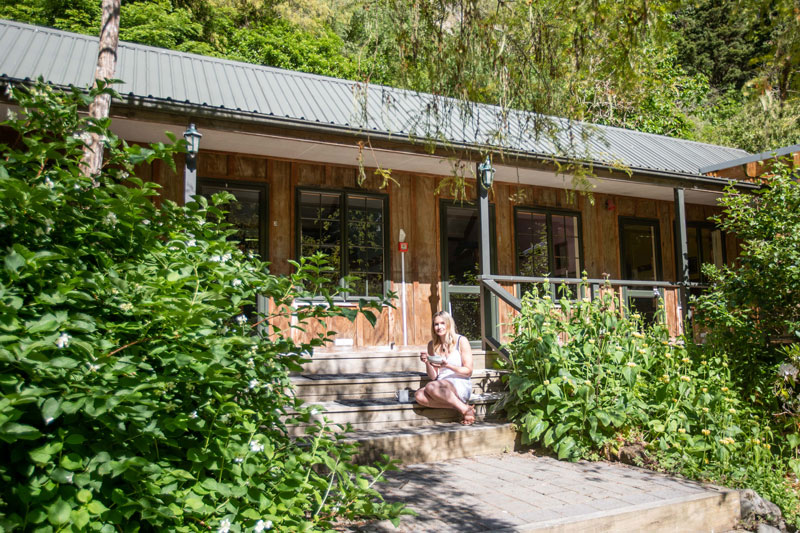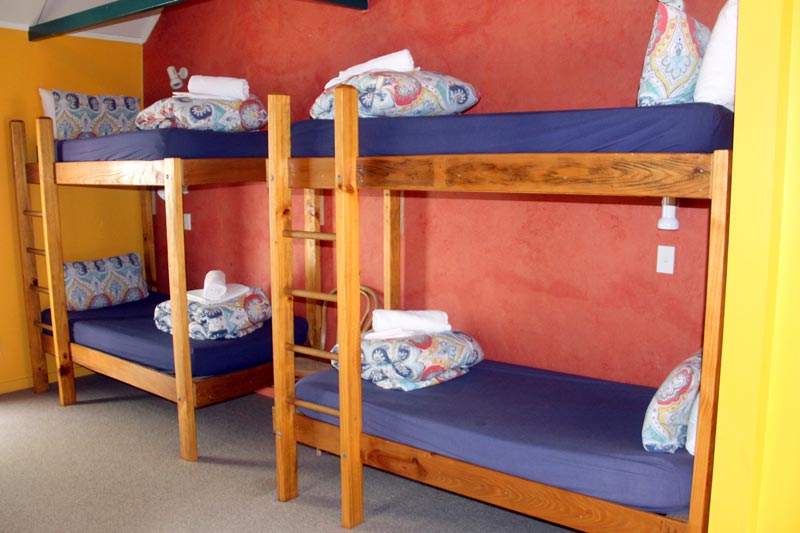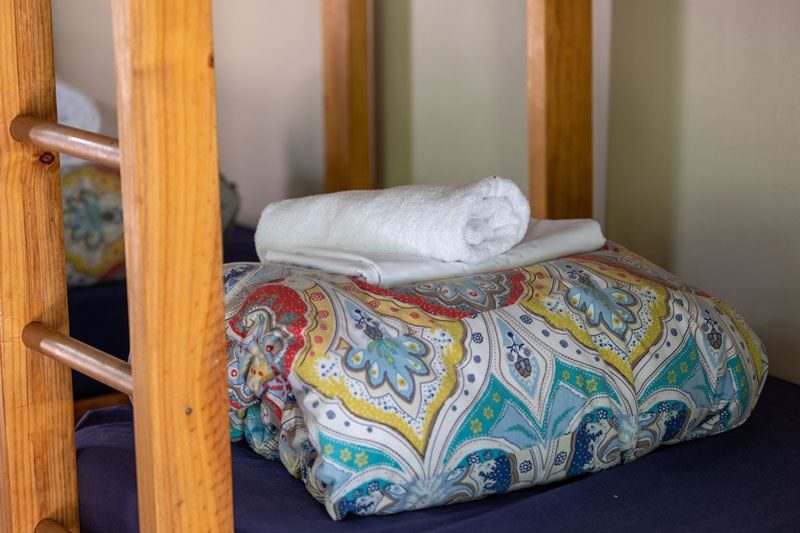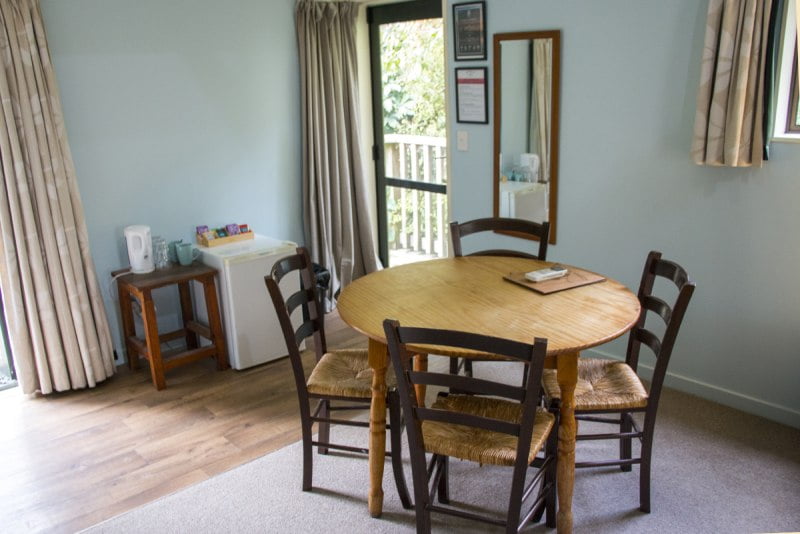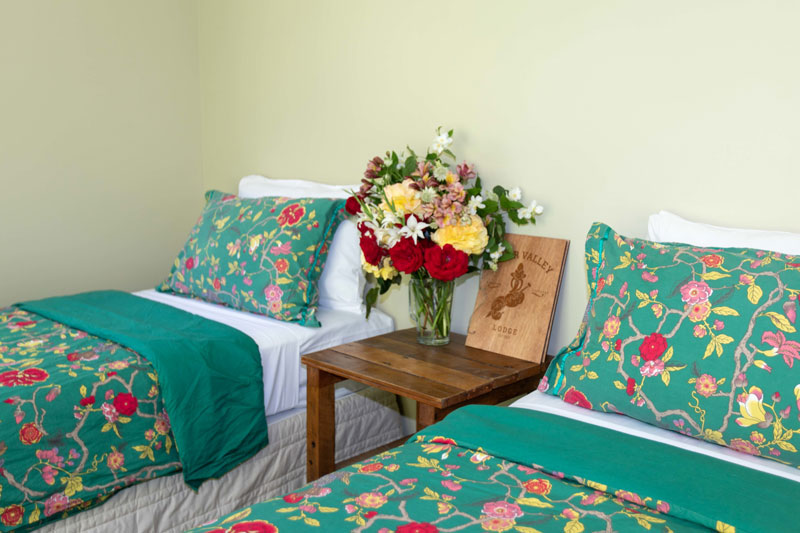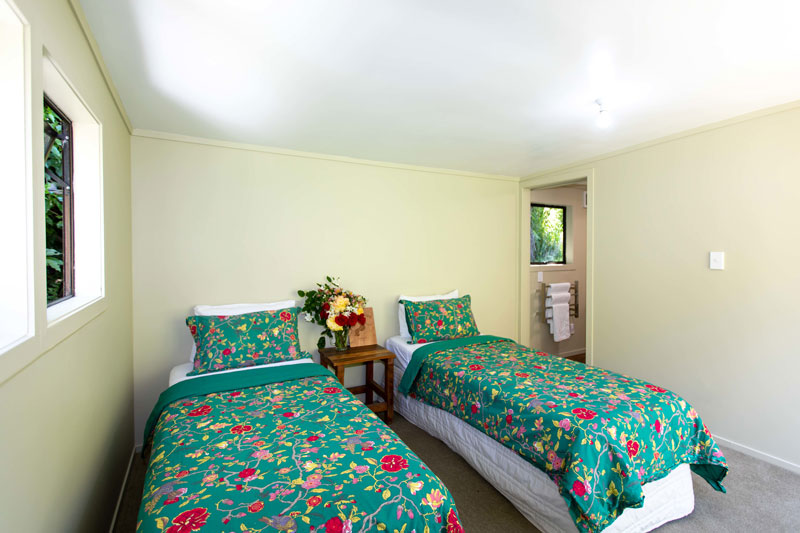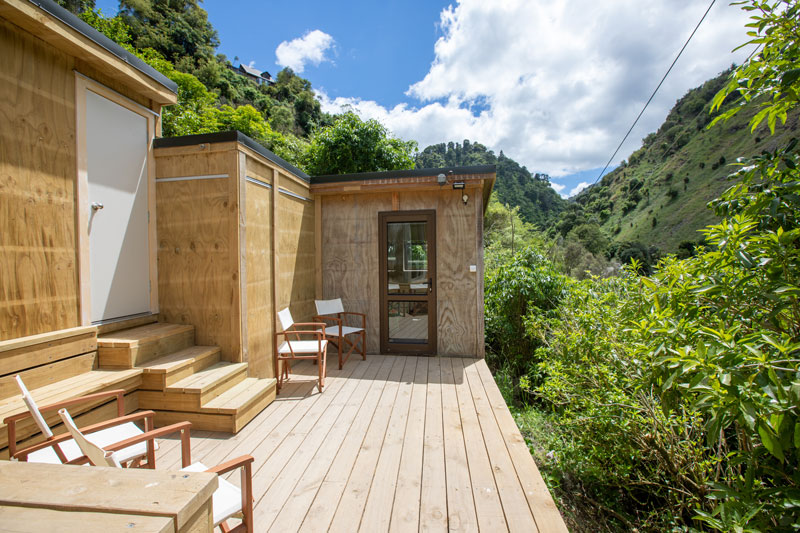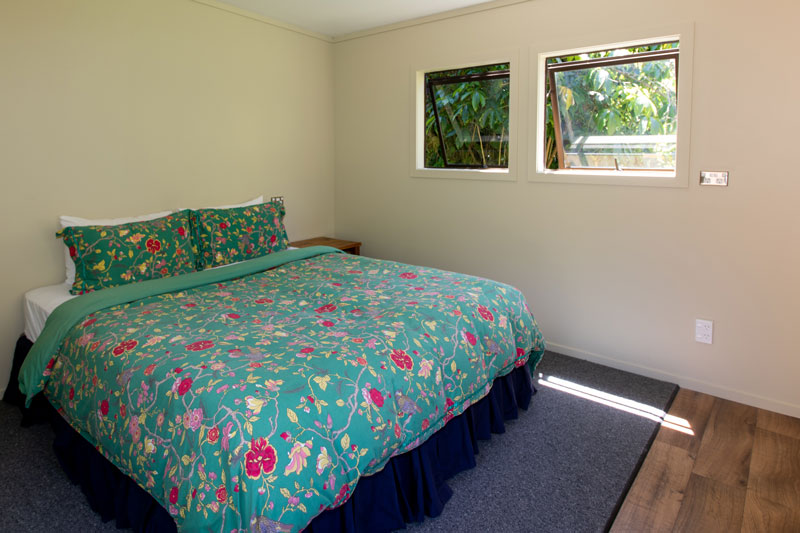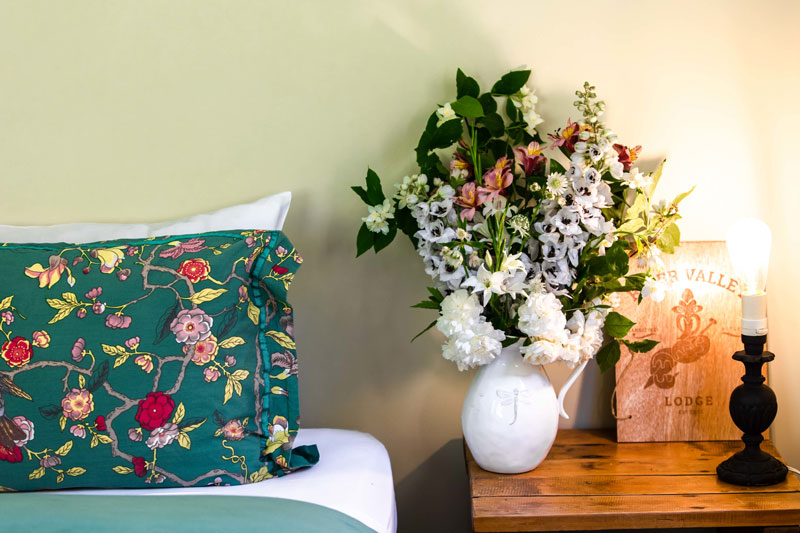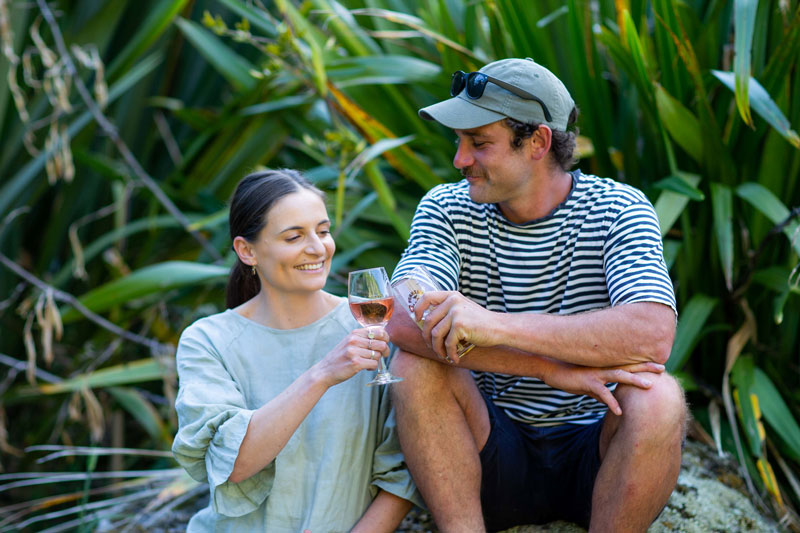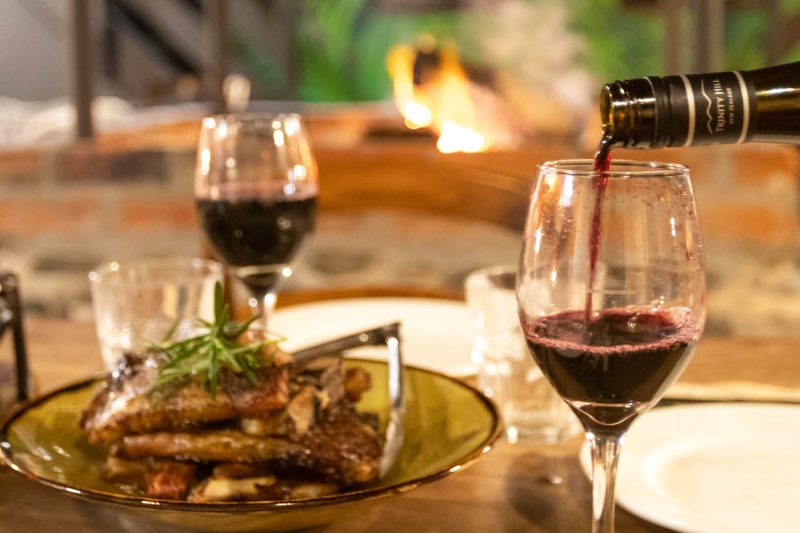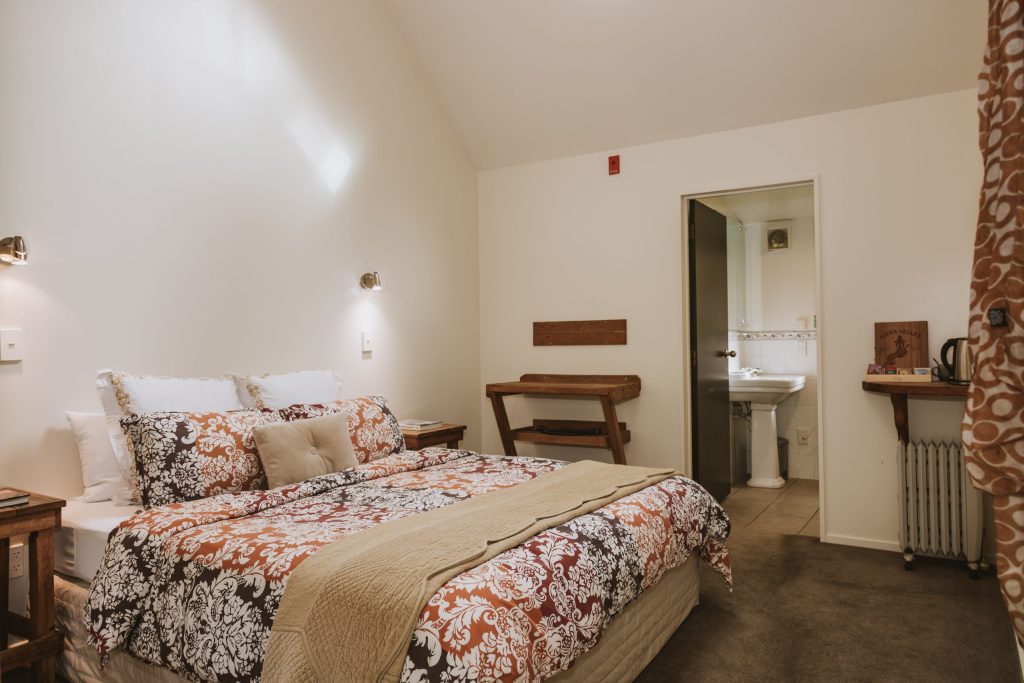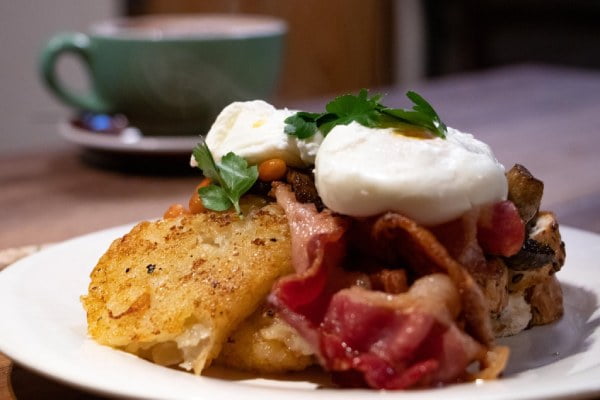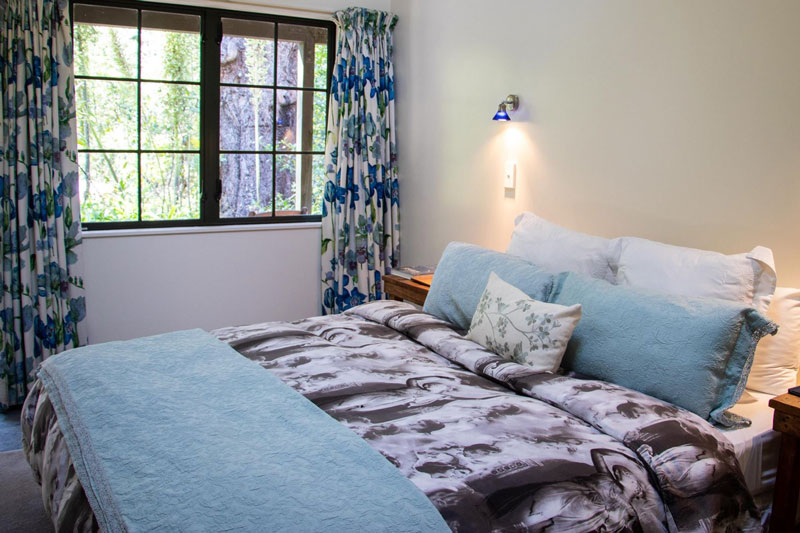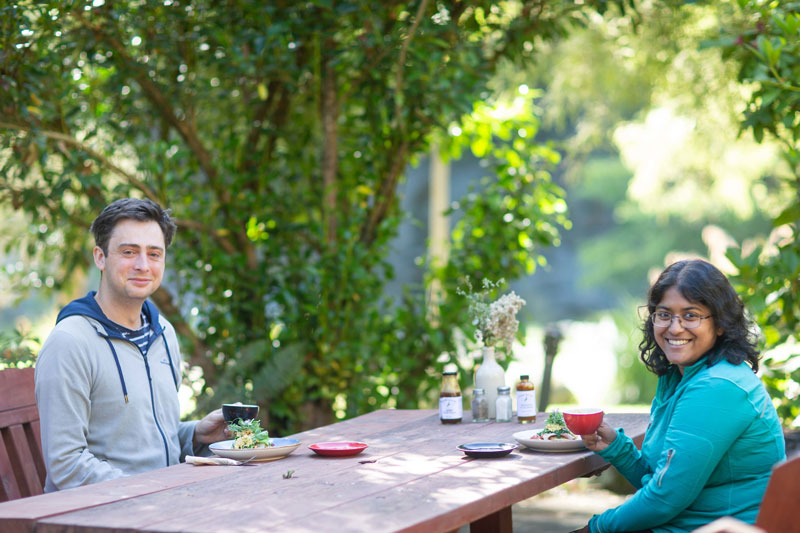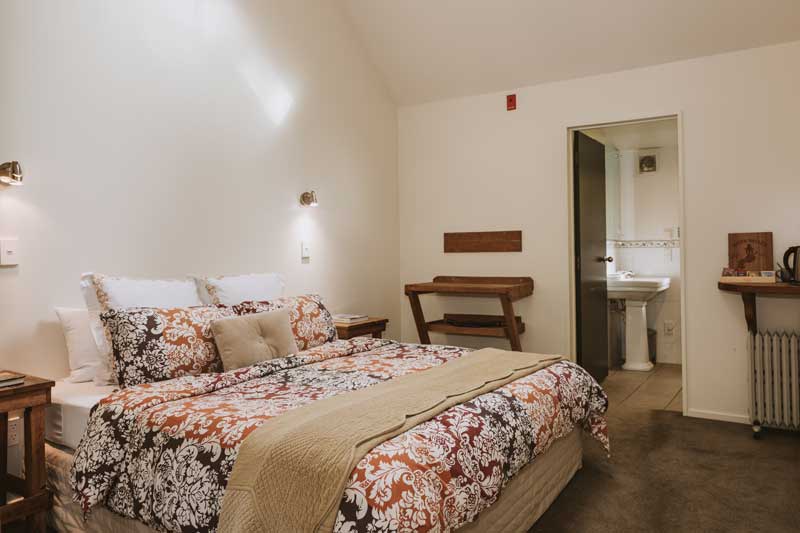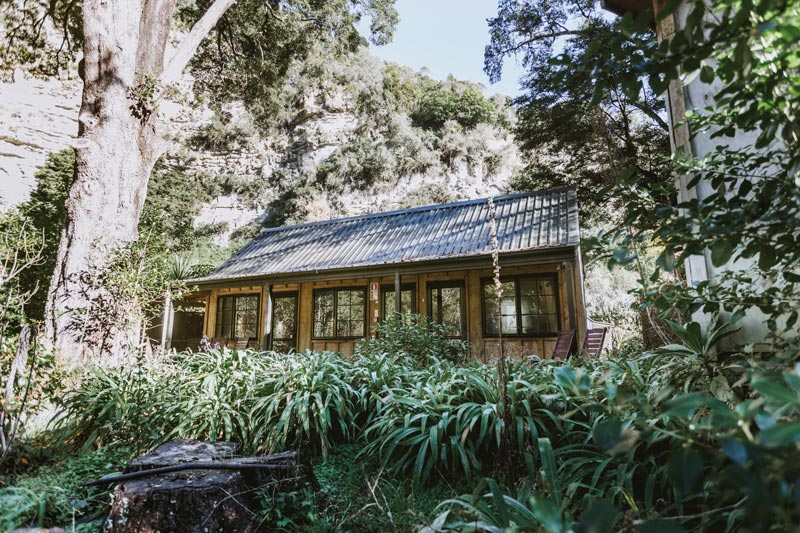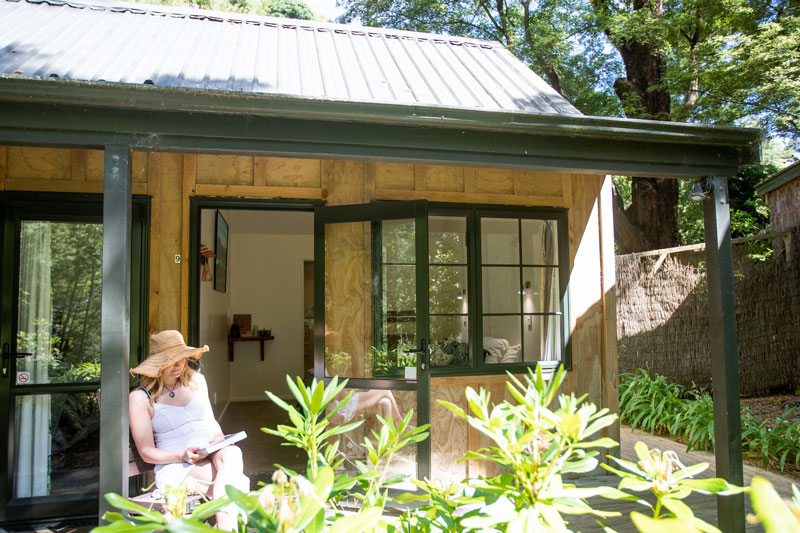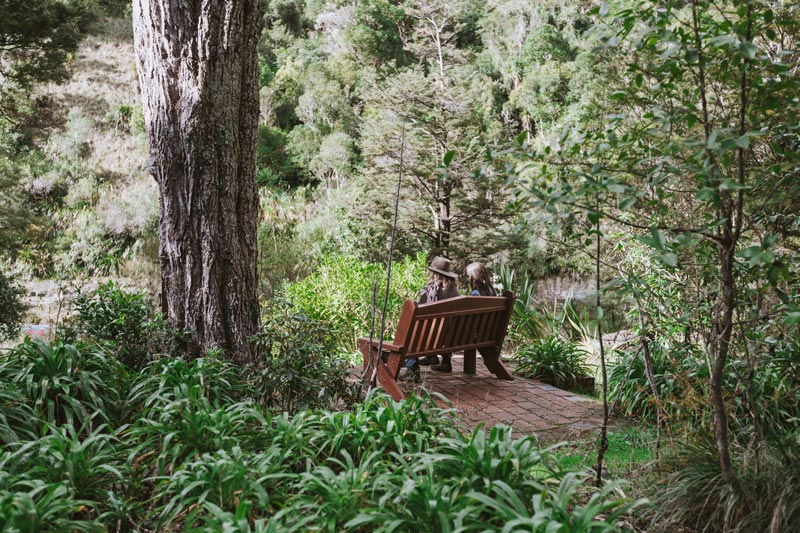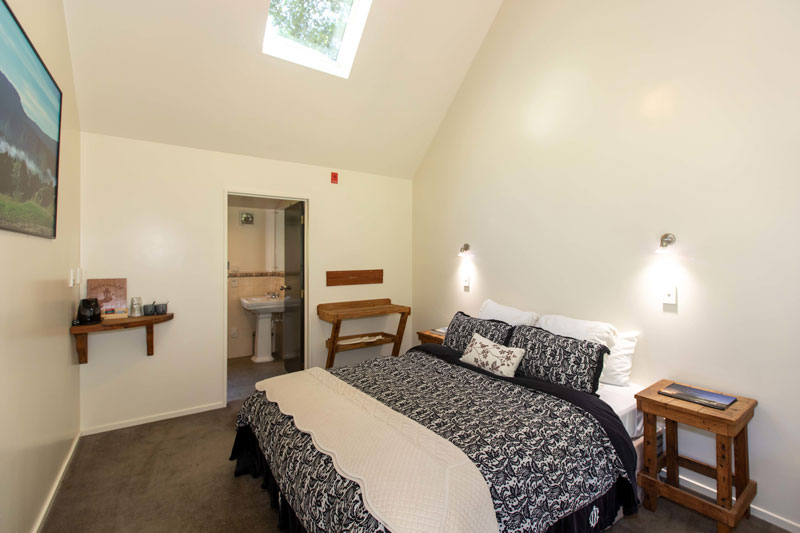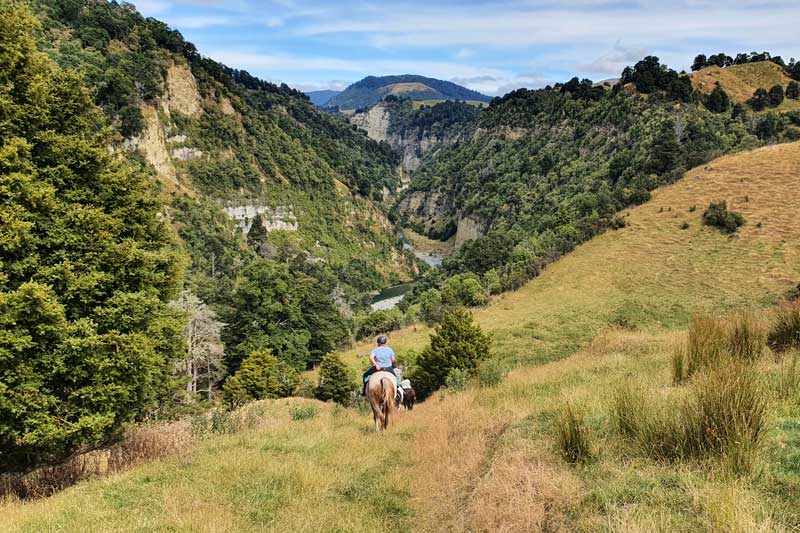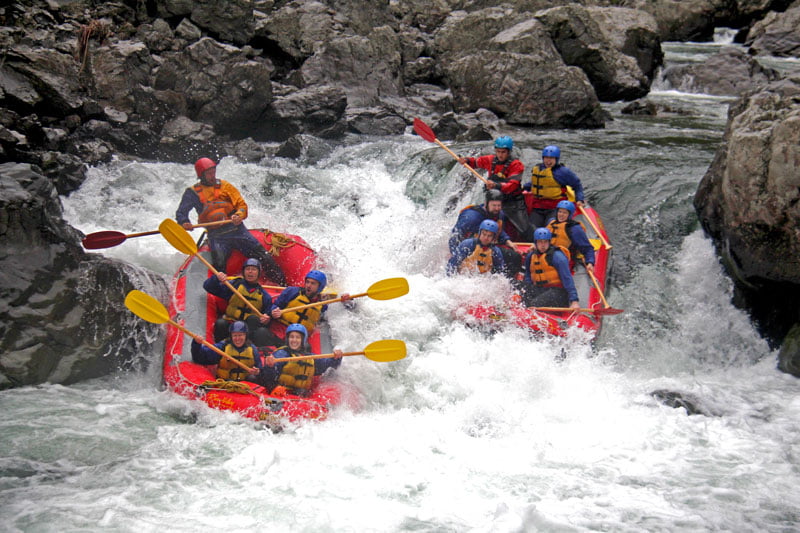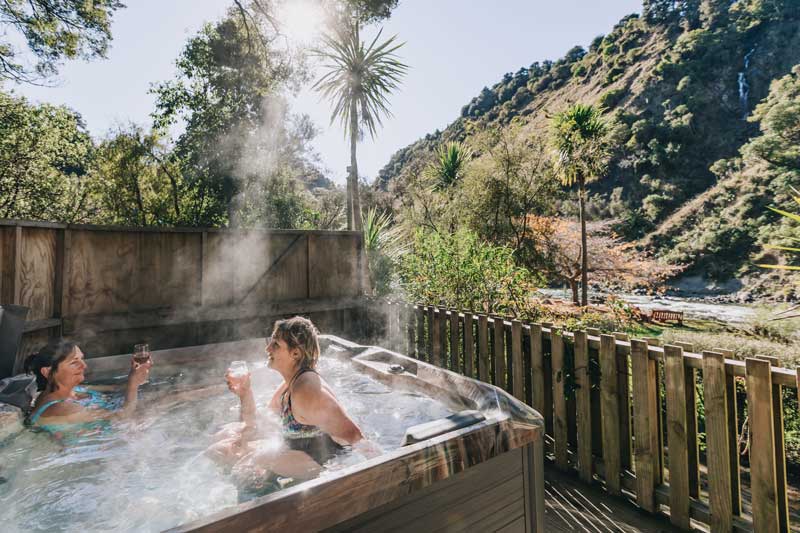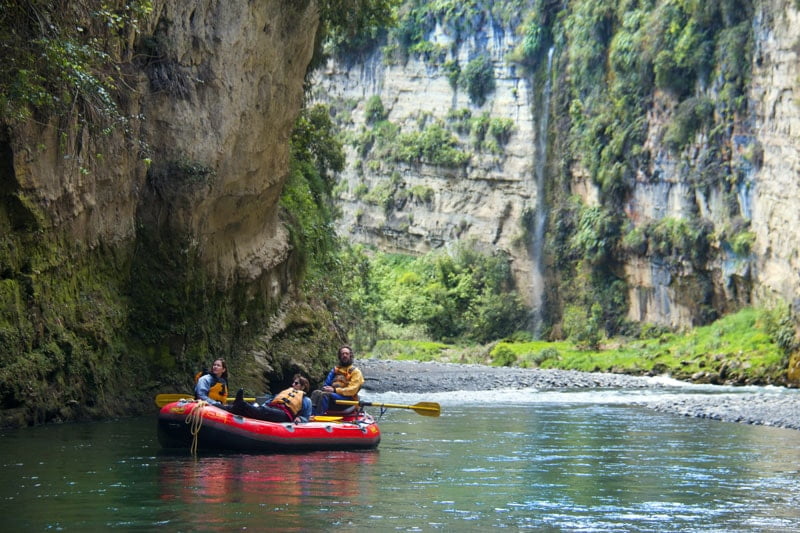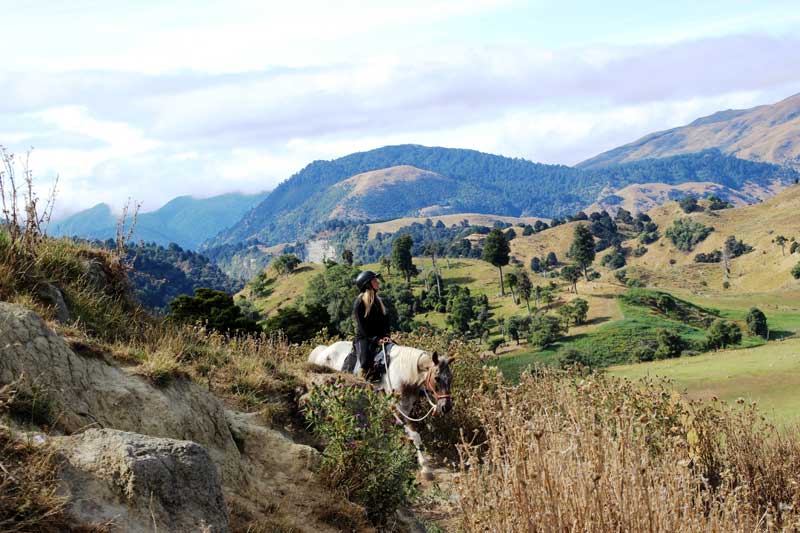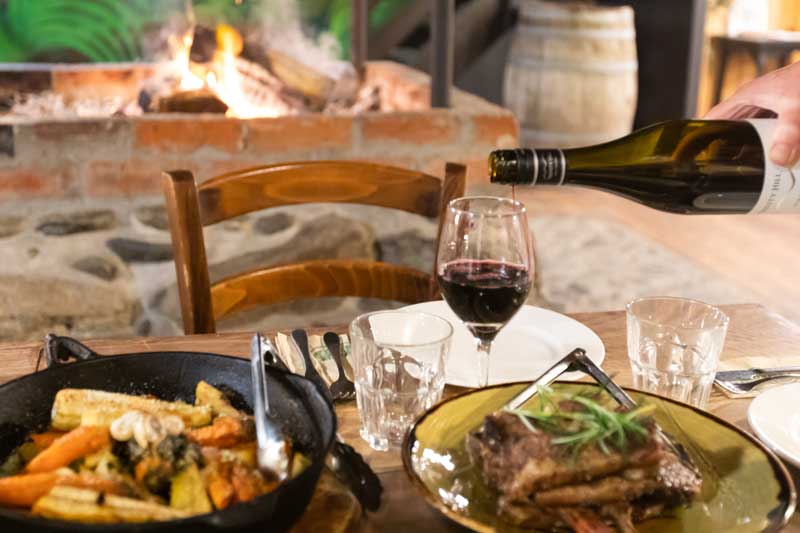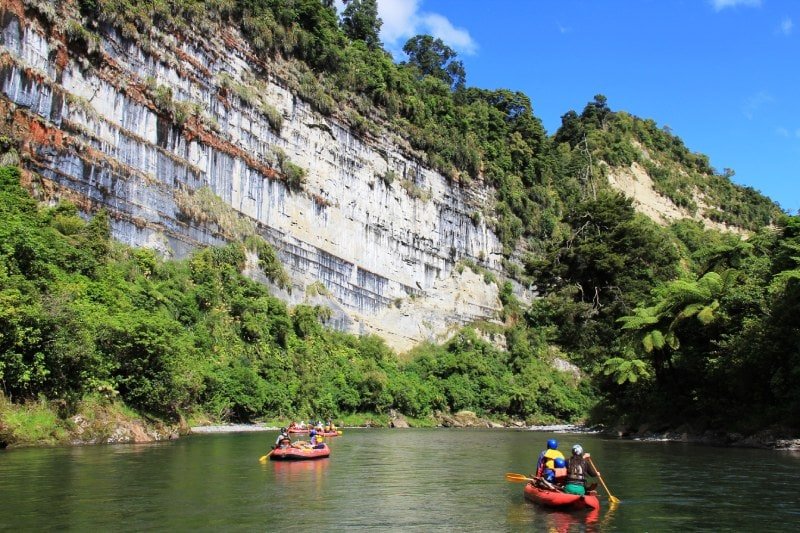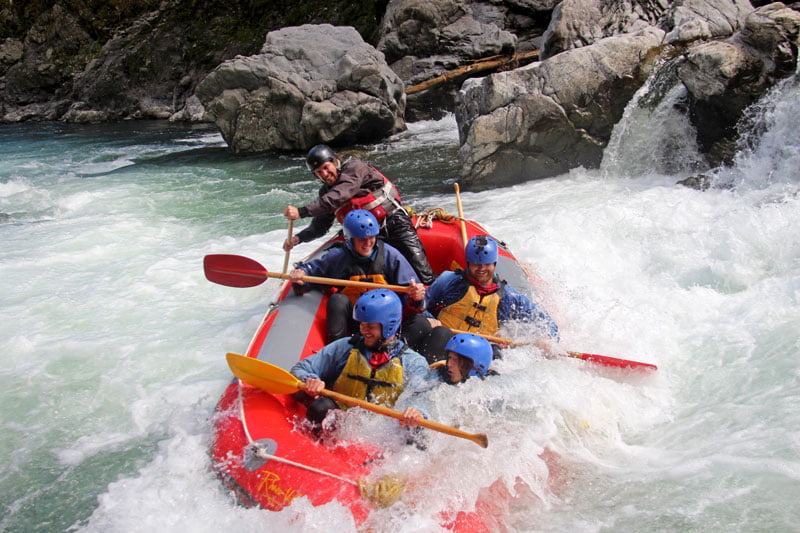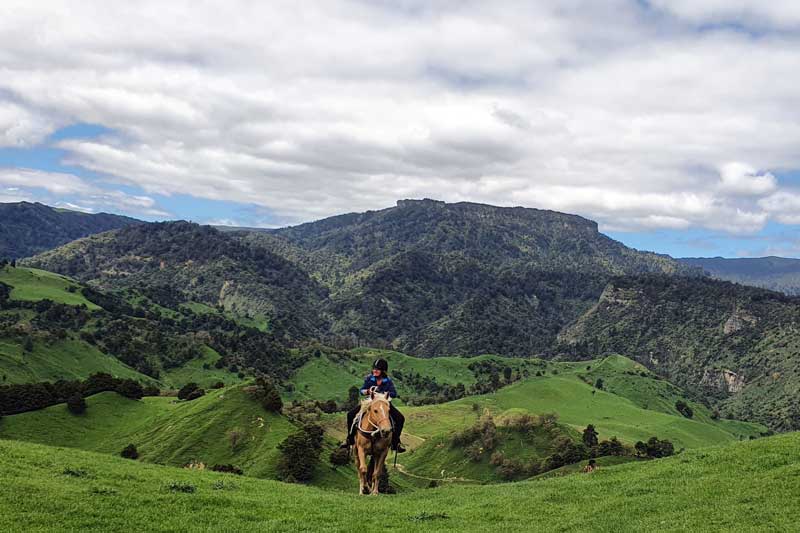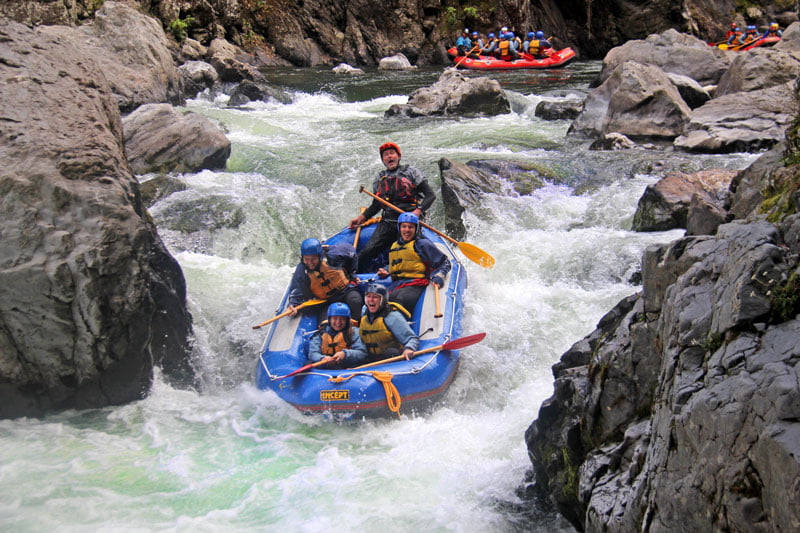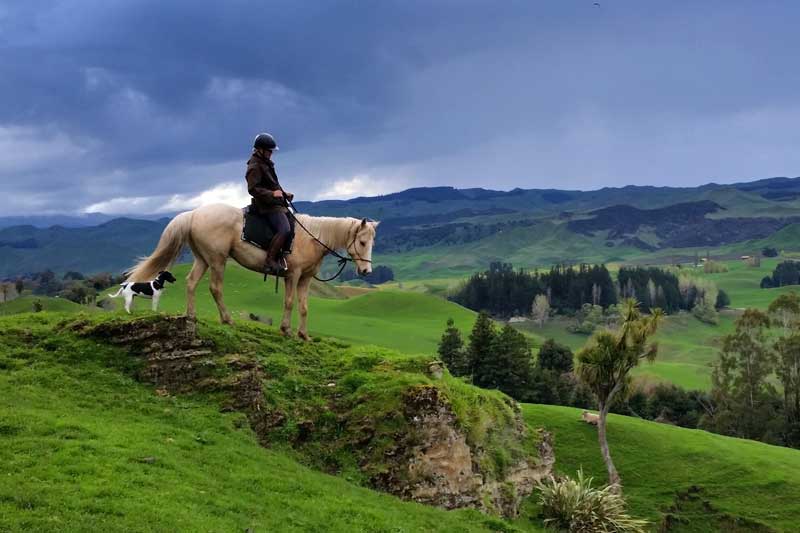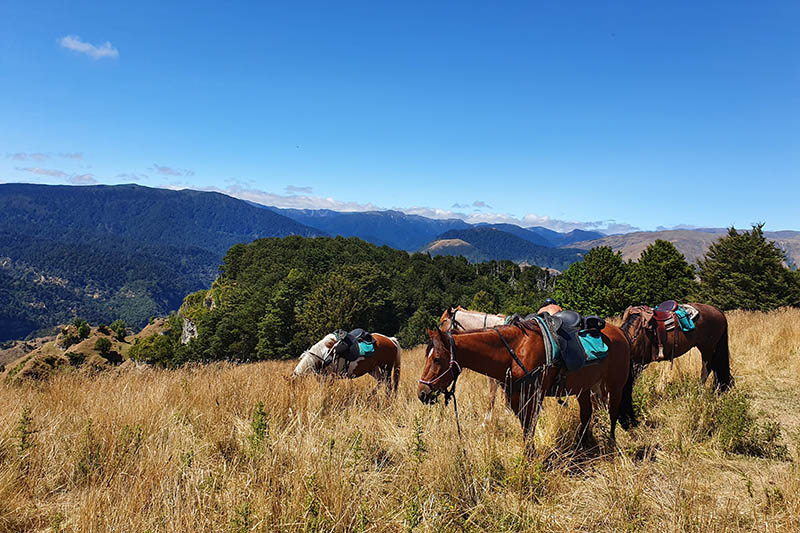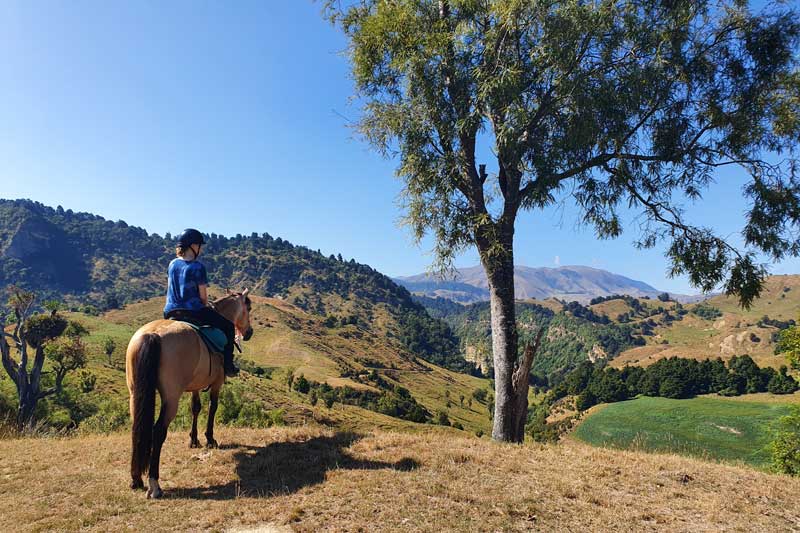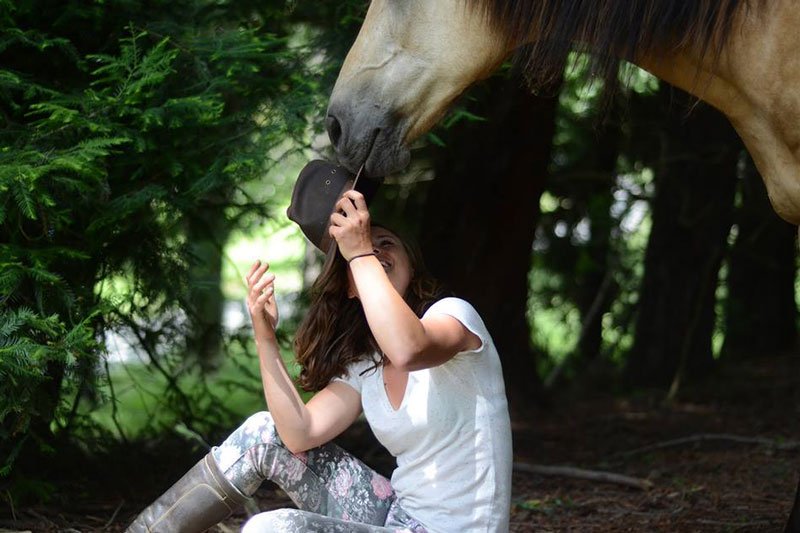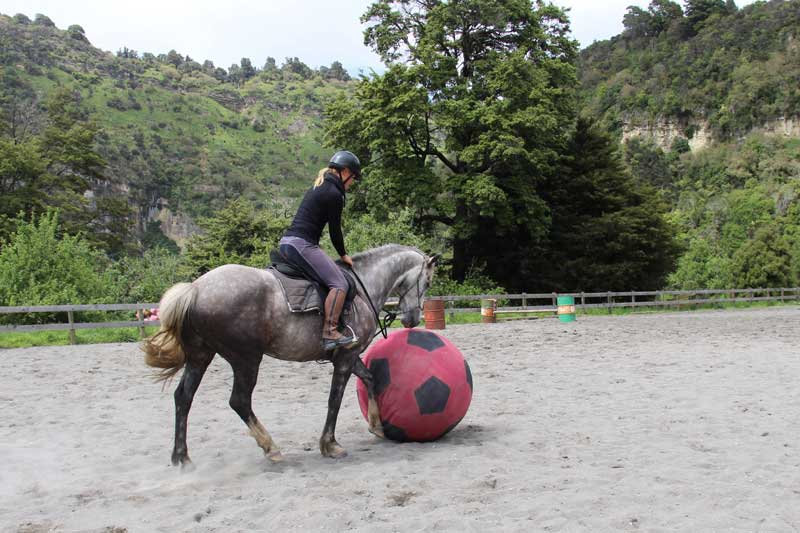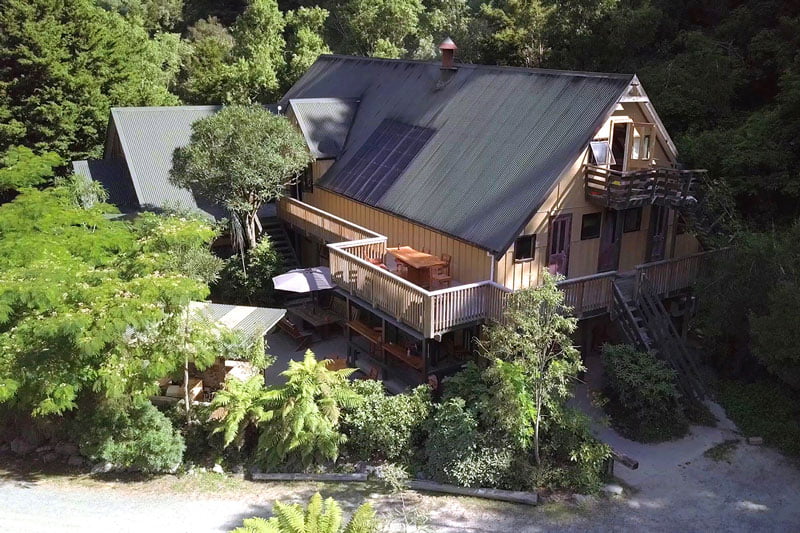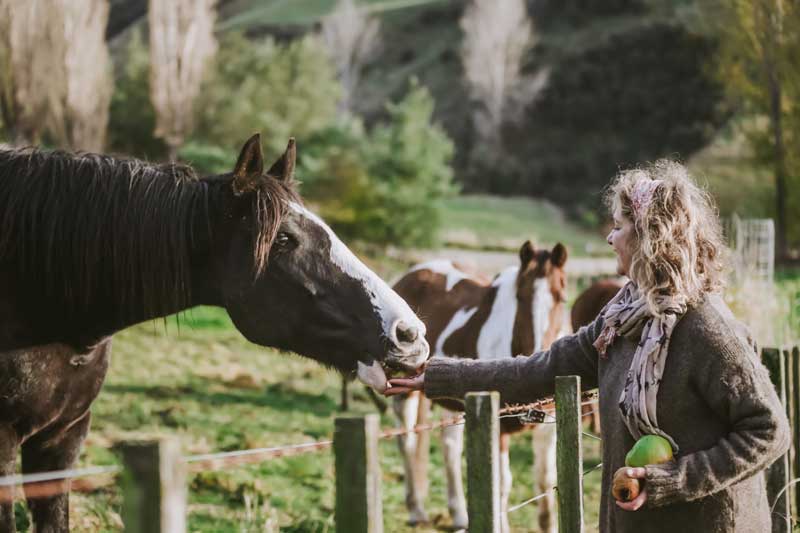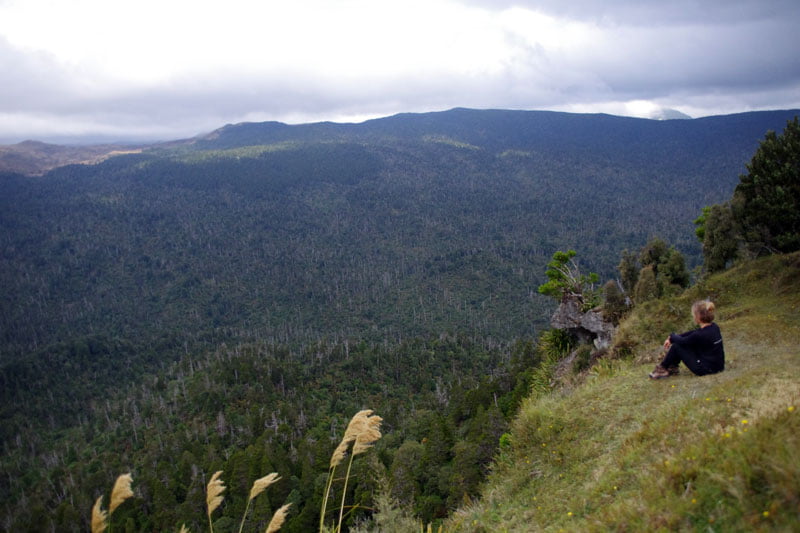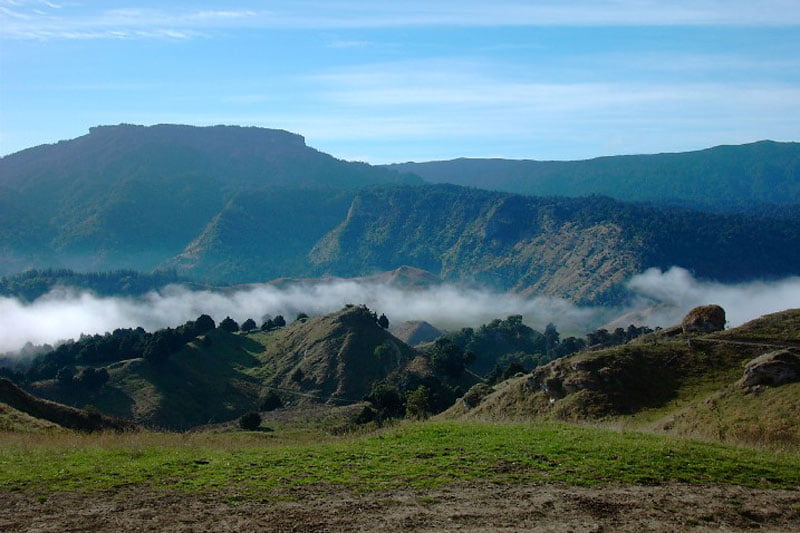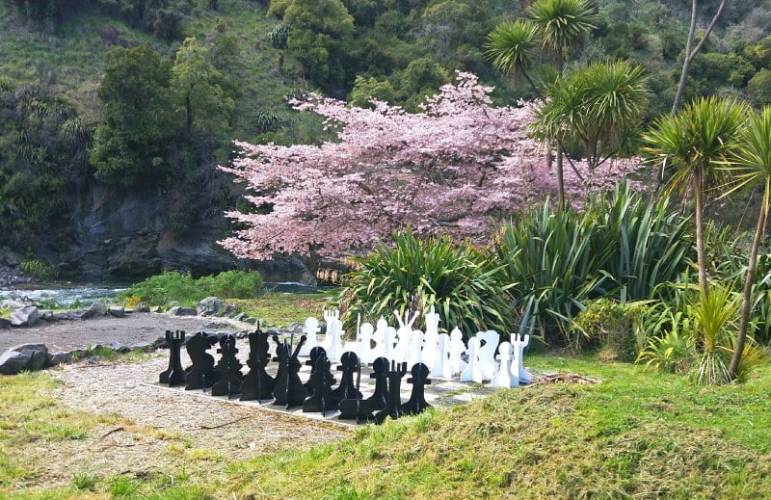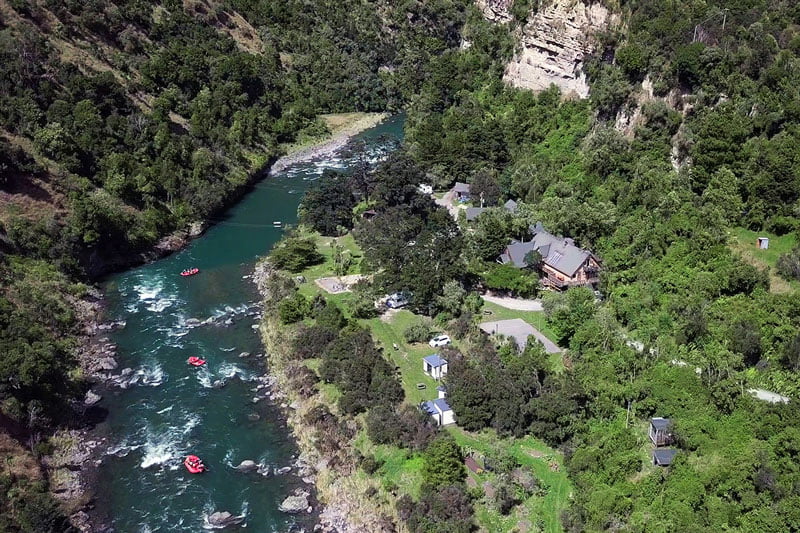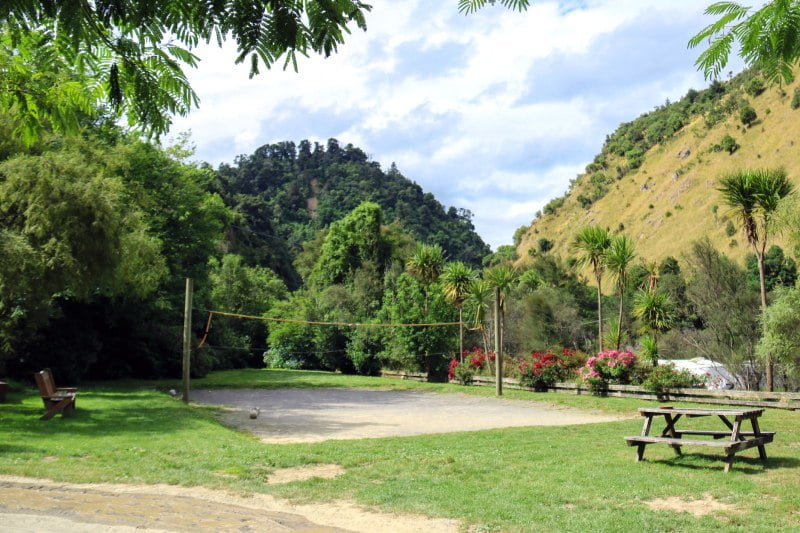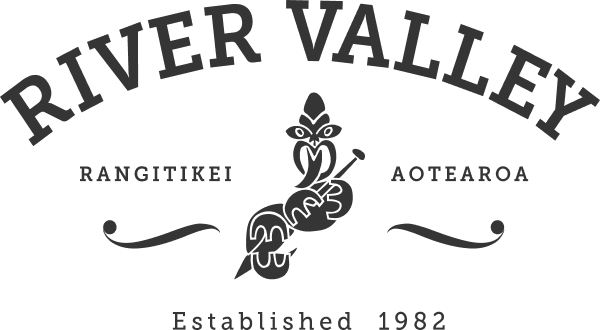2022 Hui for Whio
I have written regularly on the conservation efforts undertaken in the Ruahine Ranges to protect and enhance native bird life, particularly the endemic Whio or Blue Duck.
The Ruahine Ranges run up the spine of the southern central North Island, from the Manawatu Gorge until meeting the Kaweka and Kaimanawa Ranges. Much of the Range is rough and often steep backcountry that has never been farmed, and as such, it has seen the remnants of several endemic species find a tenuous refuge there. Among these species are Kiwi and Whio.
Each year the groups who undertake much of the protection work on preserving these species, and in particular, Whio, meet. River Valley Lodge has been a preferred venue for some of these hui (meetings), with the last one being held over the weekend of 19th – 21st August 2022.
Species preservation in New Zealand invariably involves trapping predators.
New Zealand endemic species (species found nowhere else in the world) evolved in the absence of mammalian predators. Introducing these predators, primarily ferrets, stoats and weasels, to control rabbits has instead led to the devastation of many of our endemic species. Species that are found nowhere else.
By the way, they did a poor job on the rabbits (also introduced).
The traps used are kill traps and come in a variety of types. To a greater or lesser extent, they all require regular checking and a comprehensive network to be effective. Kill traps have to be to a design standard that does not involve undue suffering to the targeted animal.
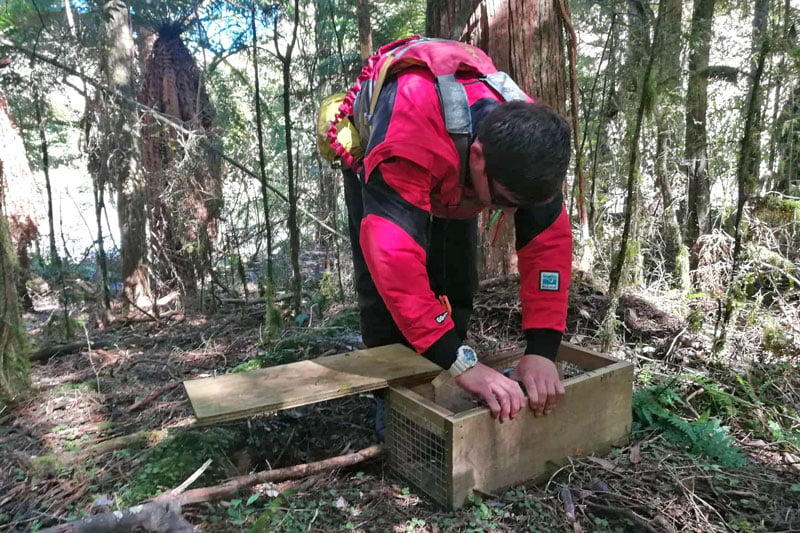
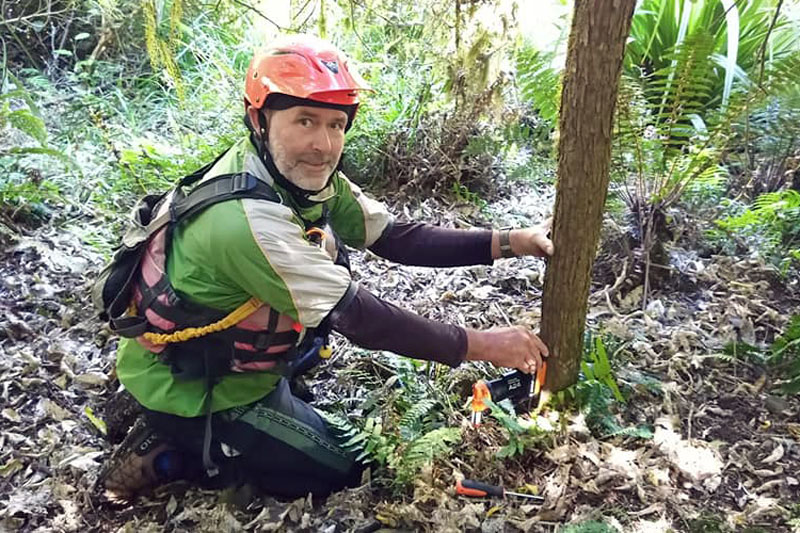
Each hui – other than a couple affected by Covid restrictions – seems to bring more people to these get togethers. The number of traps deployed increases all the time, but what remains constant is the enthusiasm the attendees, the majority of whom are volunteers, bring.
It was great to see representatives from the local Maori land trusts present, along with staff from the Department of Conservation, various people from volunteer groups, and also the organisers of some major trapping projects funded through the Jobs for Nature scheme. Also present this year were people from the Cape Sanctuary in Hawkes Bay, a privately owned eco-sanctuary. They gave an inspiring talk about what they were doing.
The sanctuary has an 11km predator-proof fence and an extensive trapping network. They are now in a position where such has been the success of predator control that birds are naturally spilling outside the wire. They will translocate Kiwi to other areas and sanctuaries in the coming years.
Back to the Ruahine Ranges, what was the news from there?
The results from all the work in the Ruahine Ranges were mostly positive. Bird numbers are generally up, with younger Whio spreading to other areas. An example was the ten birds seen this autumn on the Rangitikei River, where River Valley regularly raft.
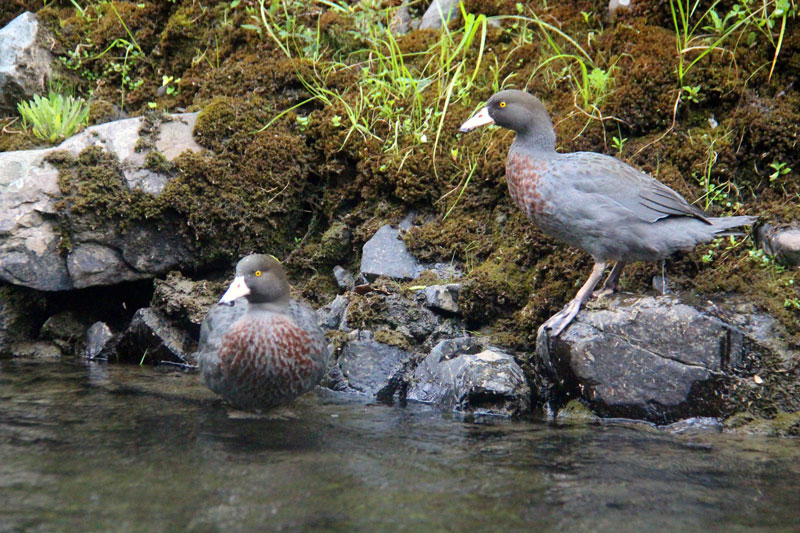

The future would appear bright, but there are clouds on the horizon.
The effect of climate change on weather events at nesting time can be severe. Maintaining trap networks needs boots on the ground and volunteers doing the work. Attracting volunteers is not always easy. Some new bigger projects involve funding through Jobs for Nature, which guarantees funding for only three years. There is a question mark over what happens after that.
I went to my first Whio Hui in 2016, I think. The number of people involved at that time was very small. In 2022, looking at the number of people squeezed into the Aorangi Room at River Valley Lodge and feeling the enthusiasm, you certainly have to be confident that any future problems will be overcome, and we will see the comeback of our unique species. The return of Whio may be just the start.
Brian Megaw
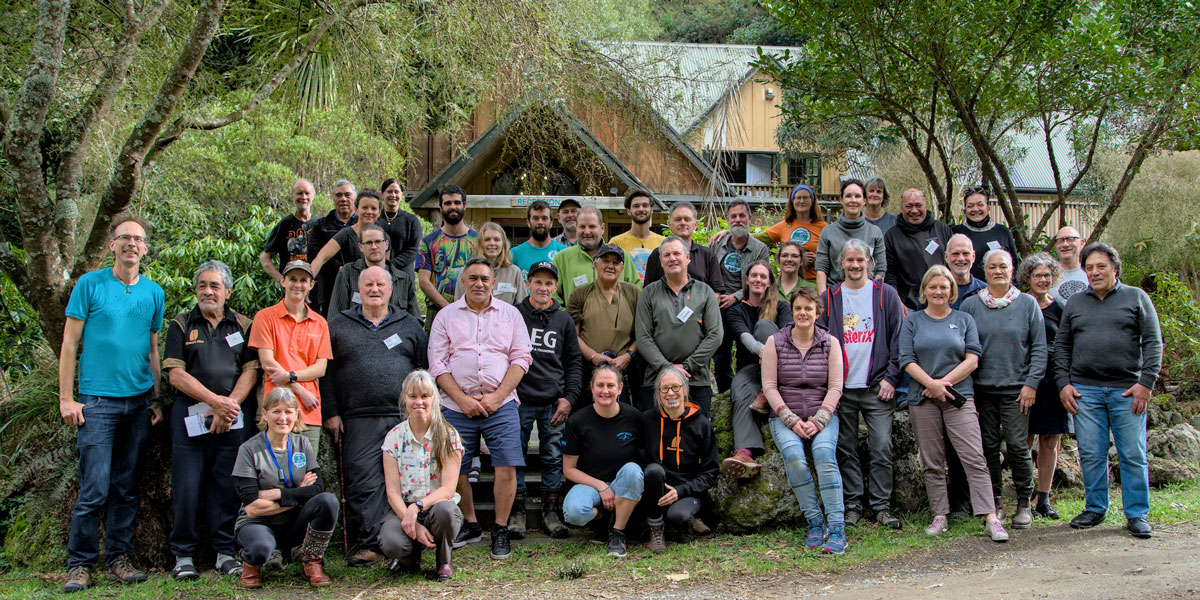
The 2022 Hui for Whio Attendees

